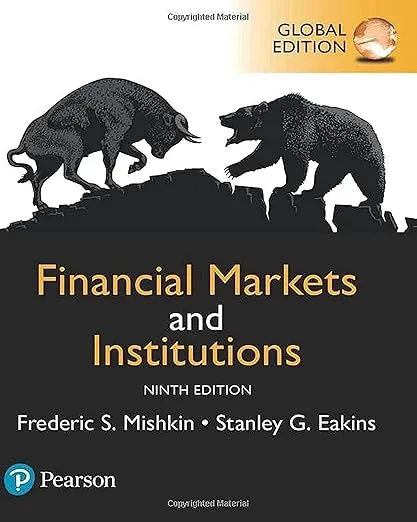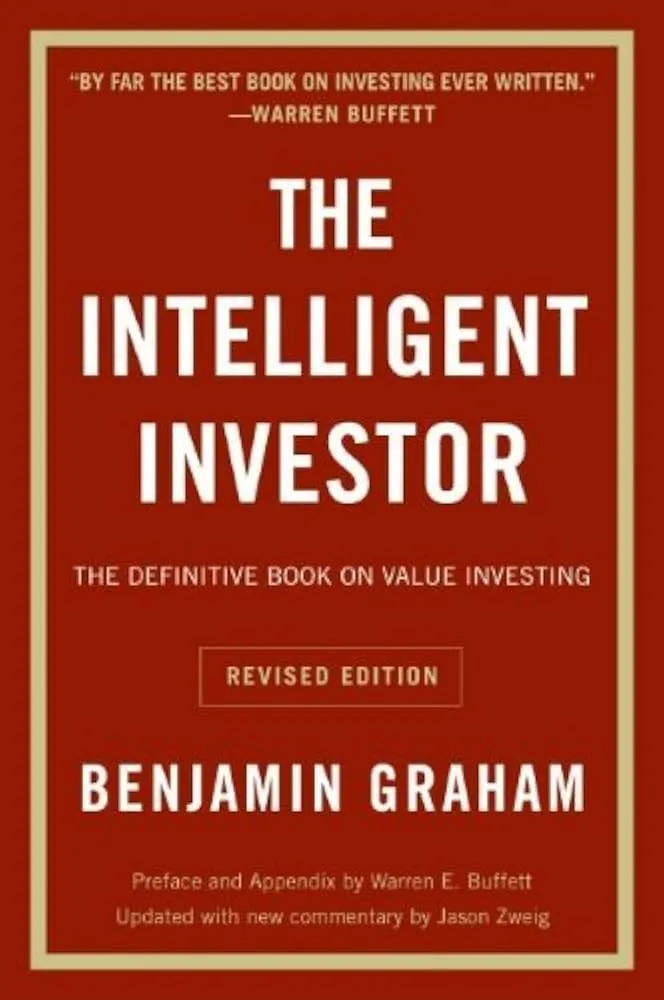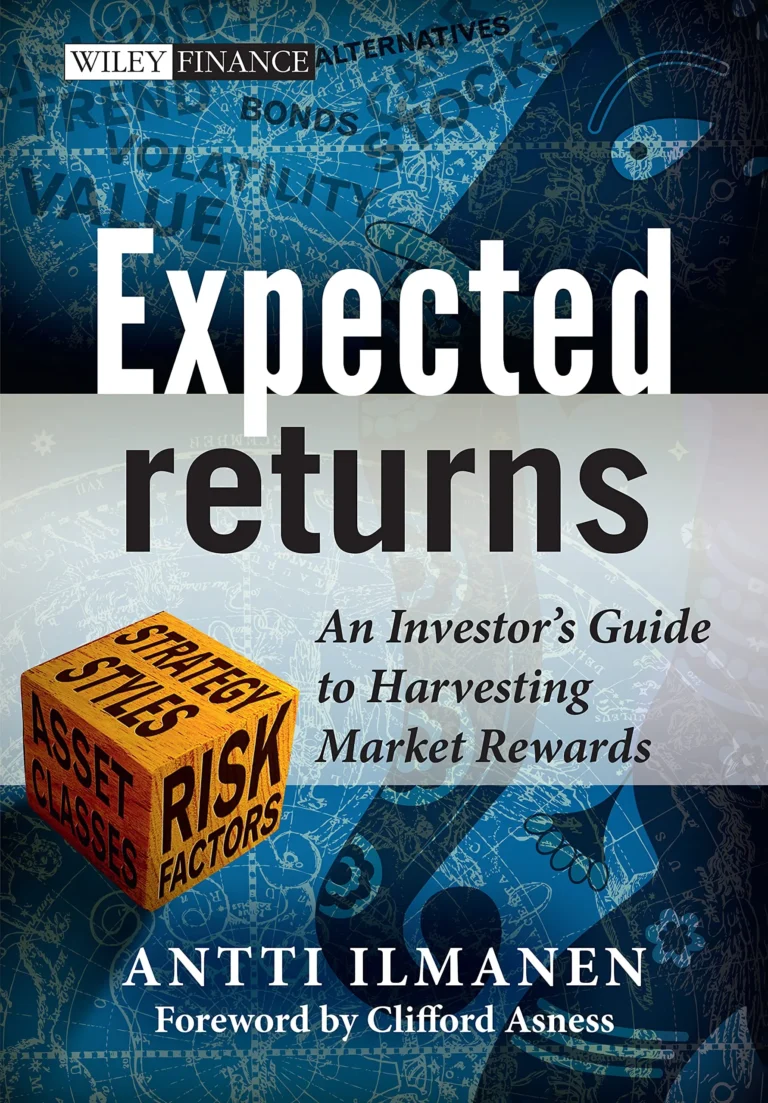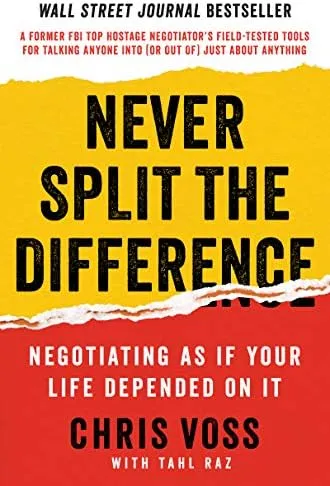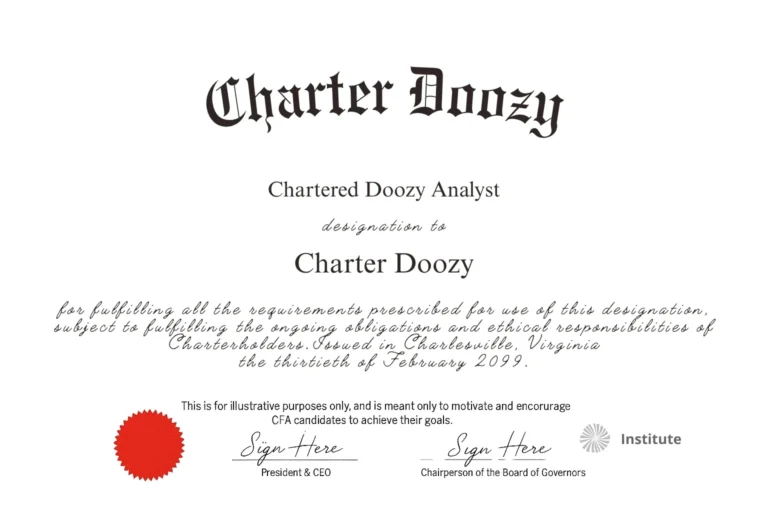The Case for Wisdom
Earning the CFA charter is a major achievement.
But let’s be clear—if all you are is a CFA Charterholder, you’re not really a CFA Charterholder.
Yes, passing all three CFA exams is a testament to your discipline, intelligence, and technical skill.
But technical skills alone won’t set you apart.
The best finance professionals aren’t just excellent at valuation models and financial statement analysis – they’re strategic thinkers, persuasive communicators, and lifelong learners.
They don’t just pass exams.
They absorb knowledge from diverse sources, refining their understanding of markets, psychology, business strategy, and leadership.
Many CFA candidates focus exclusively on the curriculum, believing it holds everything they need to know.
But if you limit yourself to only what’s required, you miss the bigger picture.
The best analysts and investors aren’t just data crunchers – they see patterns others miss, connect ideas across disciplines, and apply critical thinking in ways textbooks can’t teach.
Reading beyond the CFA curriculum expands your mind, sharpens your insights, and makes you a more well-rounded finance professional. A great investor understands history. A great portfolio manager grasps human psychology. A great corporate strategist sees beyond the balance sheet.
This reading list isn’t just about helping you pass an exam – it’s about helping you become the kind of professional who thrives long after you’ve earned the charter.
Let’s dive in.
Core CFA Curriculum Topics
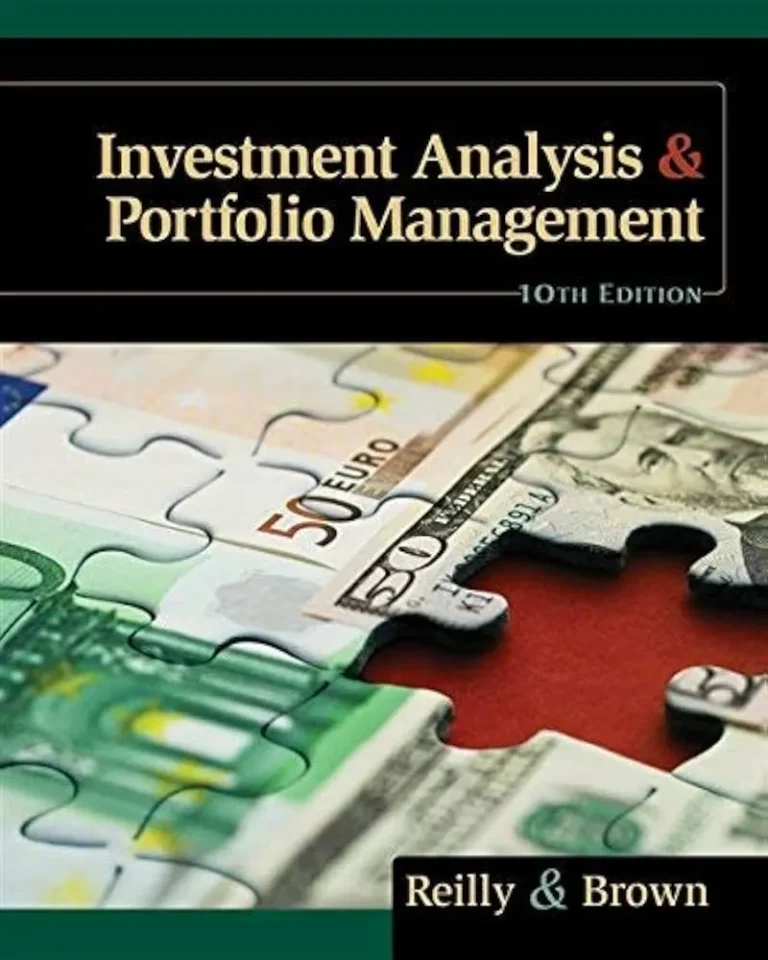
Frank K. Reilly & Keith C. Brown
This book covers essential topics in portfolio management, asset allocation, and risk assessment, making it a valuable resource for CFA candidates. It aligns closely with the CFA Program’s curriculum on portfolio management, particularly for Levels II and III. By understanding these principles, candidates can enhance their ability to construct well-diversified portfolios and optimize investment returns.
Frederic Mishkin & Stanley Eakins
A foundational text on the structure, function, and regulation of financial markets, this book is highly relevant to CFA candidates studying fixed income, derivatives, and monetary policy. It provides an in-depth look at how financial institutions operate and interact with global markets. Candidates can use this knowledge to strengthen their grasp of risk management, investment banking, and capital markets.
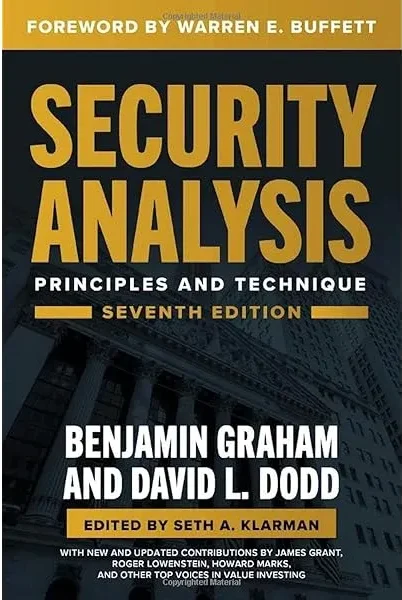
Benjamin Graham & David Dodd
Considered a cornerstone of value investing, this book teaches CFA candidates the fundamental principles of security valuation. The CFA curriculum heavily emphasizes financial analysis and equity valuation, making this book an essential supplement to exam preparation. By mastering Graham and Dodd’s approach, candidates can develop a disciplined investment strategy and sharpen their analytical skills.
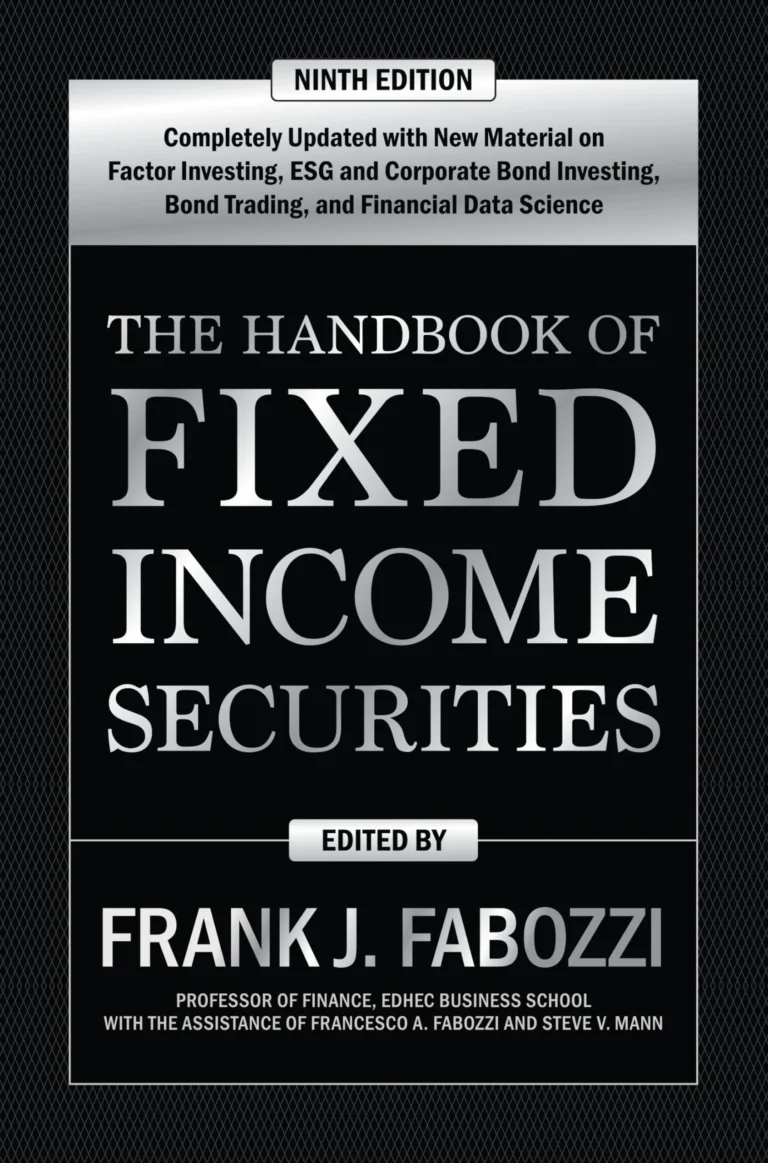
Frank J. Fabozzi
As one of the most comprehensive guides on fixed income, this book is an invaluable resource for CFA candidates preparing for the fixed income sections of the exam. It covers key concepts such as bond pricing, risk assessment, and credit analysis, all of which are heavily tested in CFA Level I, II, and III. By studying Fabozzi’s insights, candidates can develop a solid foundation in fixed income markets, improving their ability to analyze bond investments.
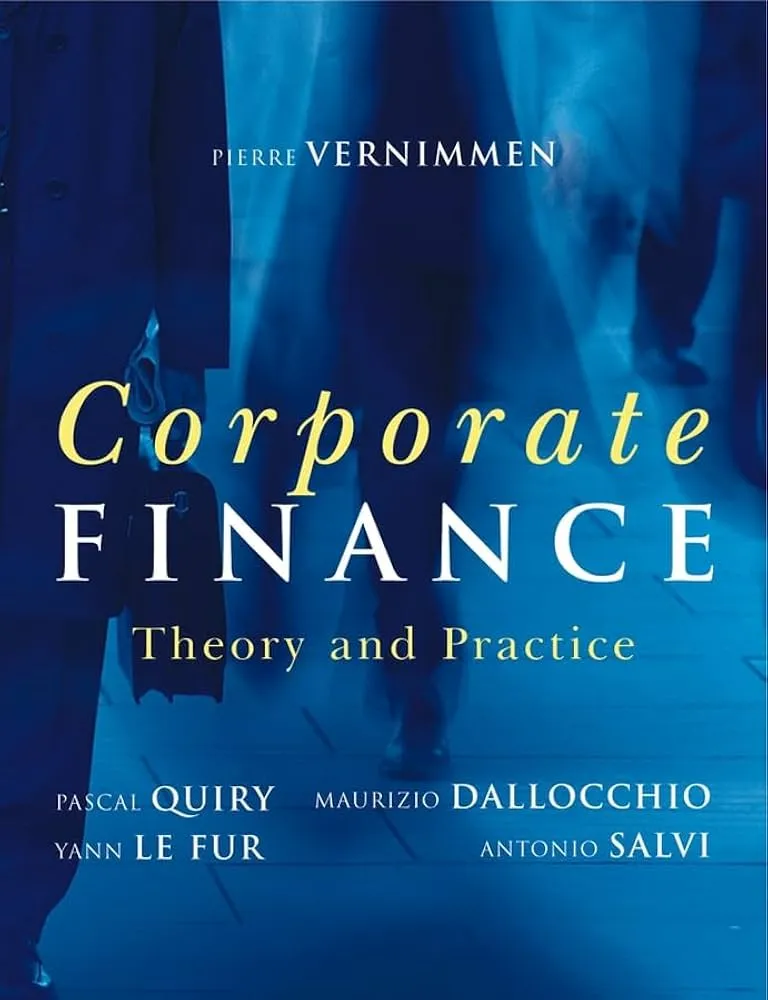
Pierre Vernimmen, Pascal Quiry
Covering corporate finance theory and real-world applications, this book is particularly beneficial for CFA candidates tackling the corporate finance sections of the exam. It provides insights into capital structure, mergers and acquisitions, and valuation techniques, which are key topics in the CFA Program. By studying these concepts, candidates can strengthen their ability to analyze corporate financial decisions.
Financial Statement Analysis & Accounting
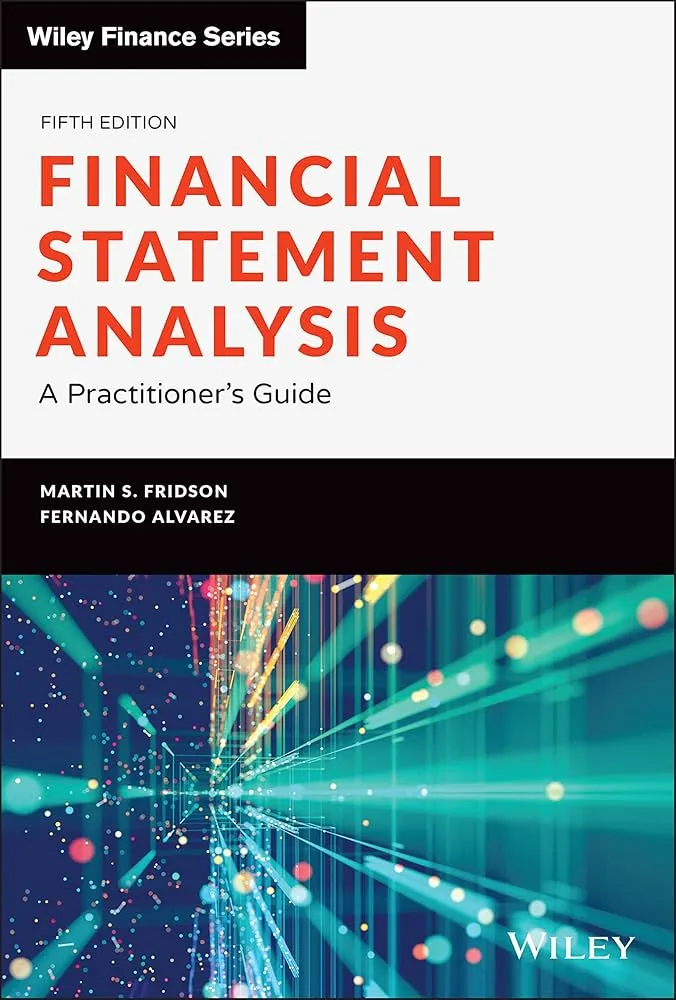
Martin Fridson & Fernando Alvarez
This book provides a deep dive into how financial statements can be manipulated, helping CFA candidates develop a critical eye when analyzing company reports. Understanding financial shenanigans and red flags is crucial for passing the CFA exam sections on financial reporting and analysis. By mastering these techniques, candidates can enhance their ability to assess investment risks and make sound financial decisions.
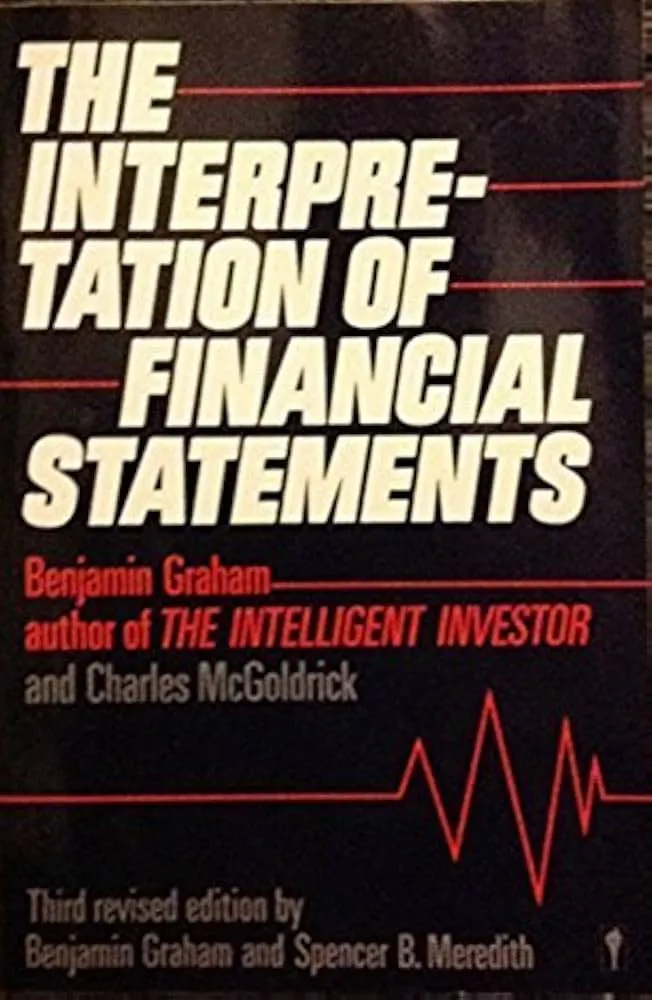
Benjamin Graham
This book simplifies financial statement analysis, helping CFA candidates quickly grasp the meaning behind key financial metrics. It complements the CFA Program’s Financial Reporting and Analysis sections by breaking down complex accounting concepts. Understanding these principles allows candidates to assess companies more effectively and make informed investment decisions.
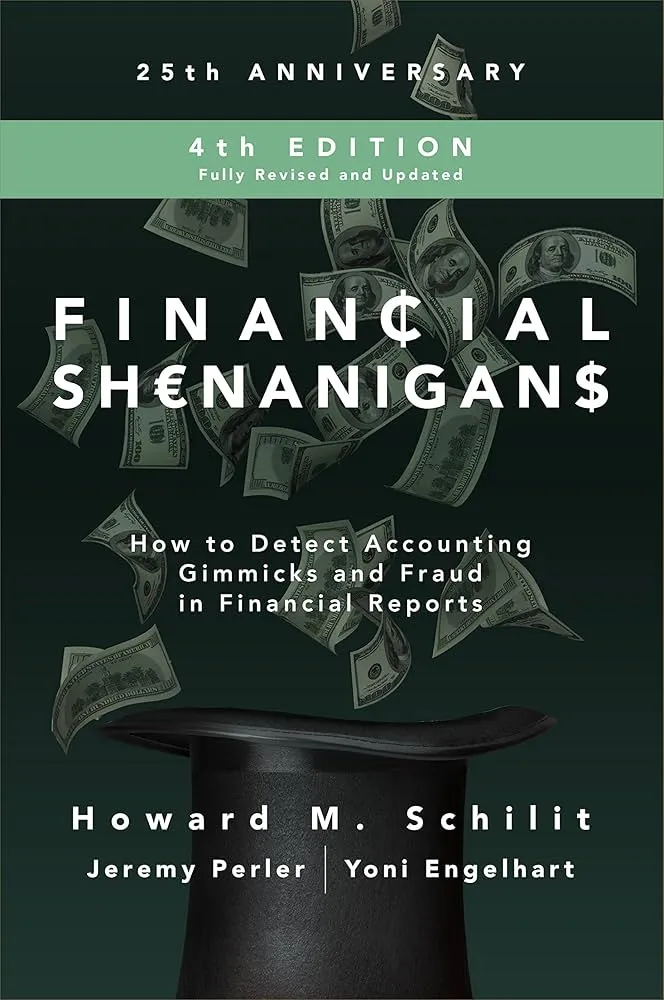
Howard Schilit
This book is a must-read for CFA candidates looking to master forensic accounting and detect earnings manipulation. It aligns well with the CFA curriculum’s emphasis on financial reporting quality, helping candidates identify red flags in financial statements. By applying these techniques, candidates can enhance their ability to assess corporate financial health and avoid investment pitfalls.
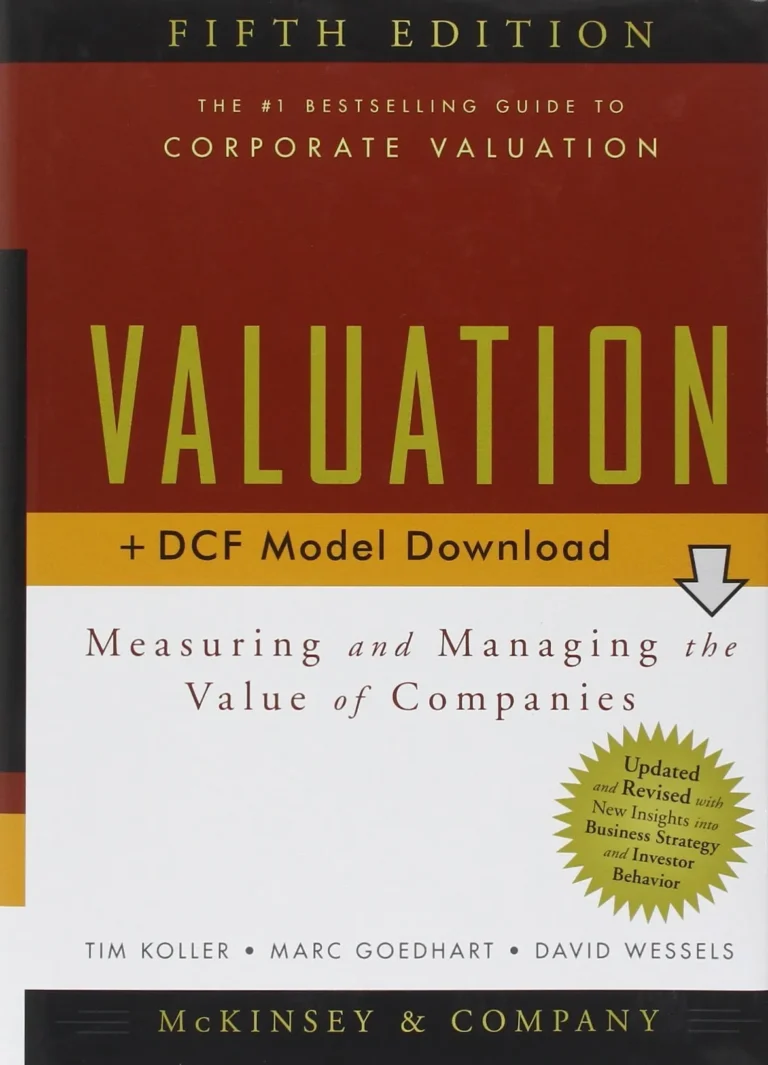
McKinsey & Company
This book provides CFA candidates with a rigorous approach to corporate valuation, covering discounted cash flow (DCF) models, earnings multiples, and economic value-added (EVA). It helps bridge the gap between theory and practical valuation techniques. A mastery of these valuation methods is crucial for CFA Levels II and III.
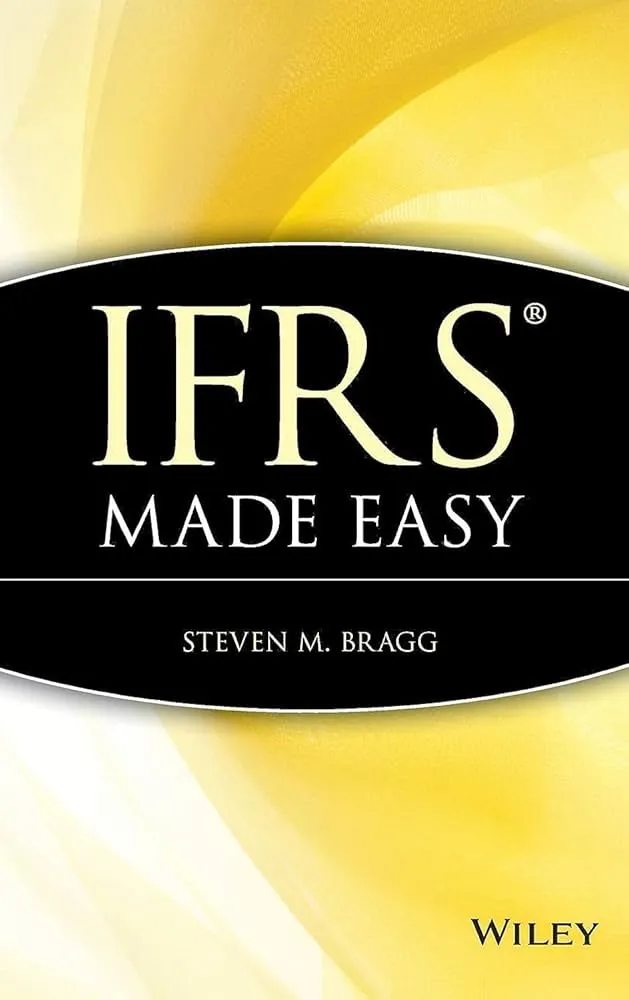
Steven Bragg
A practical guide for CFA candidates, this book explains IFRS accounting principles, financial statement consolidation, and revenue recognition. Given the importance of IFRS in global financial reporting, this knowledge is crucial for CFA Levels I and II. Understanding these standards enhances a candidate’s ability to analyze international companies.
Investment Analysis & Portfolio Management
Benjamin Graham
A cornerstone of value investing, this book teaches CFA candidates the principles of fundamental analysis, risk management, and long-term investing. Graham’s emphasis on investor psychology and the margin of safety is essential for sound investment decision-making. These principles are critical for the CFA curriculum, particularly in equity analysis.
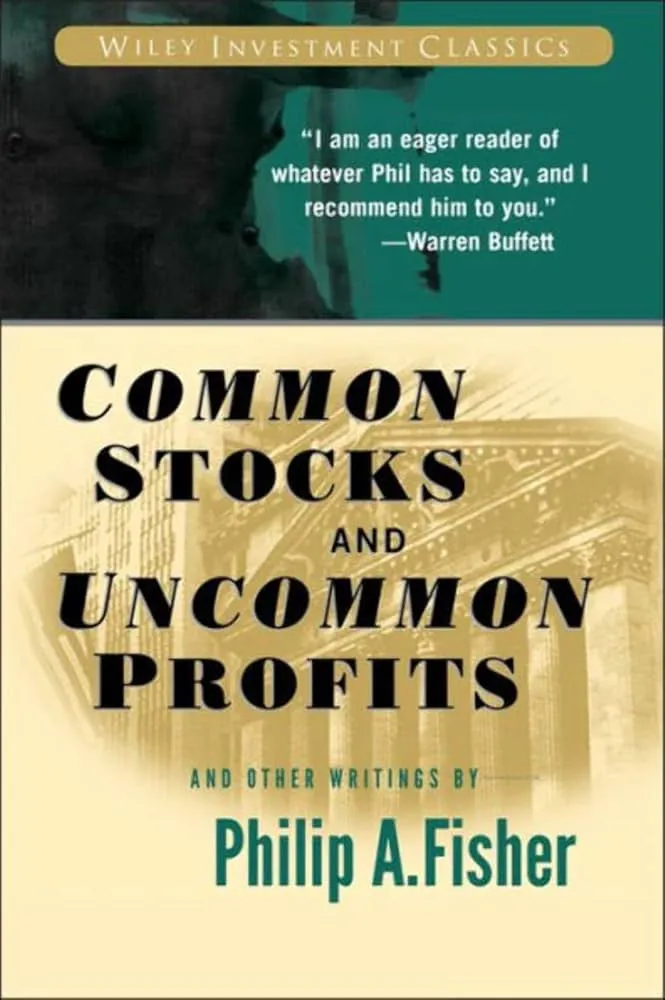
Philip Fisher
This book complements CFA candidates’ understanding of qualitative investment analysis by emphasizing business quality, competitive advantage, and management assessment. Fisher’s “scuttlebutt” approach to gathering information provides unique insights into equity research. These concepts are valuable for CFA Level II and III candidates analyzing long-term investment opportunities.
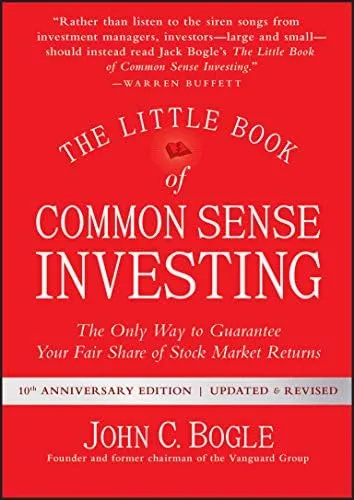
John C. Bogle
This book simplifies the key principles of passive investing, helping CFA candidates understand the merits of index funds and long-term wealth building. It reinforces core investment management concepts, such as market efficiency and cost minimization. These principles align well with CFA curriculum topics on portfolio management and behavioral finance.
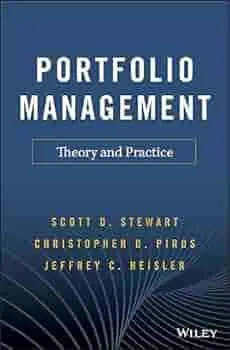
Scott D. Stewart
This book equips CFA candidates with advanced portfolio construction techniques, risk-return trade-offs, and performance attribution analysis. It bridges the gap between theoretical finance and real-world investment strategies. A strong understanding of these topics is crucial for CFA Level III, where candidates must apply portfolio management concepts.
Antti Ilmanen
This book provides CFA candidates with a comprehensive framework for understanding risk premia and return drivers across asset classes. It delves into factor investing, macroeconomic cycles, and market inefficiencies, helping candidates connect theoretical concepts to real-world investing. These insights are invaluable for mastering portfolio management and asset allocation topics in the CFA curriculum.
Fixed Income & Equity Valuation
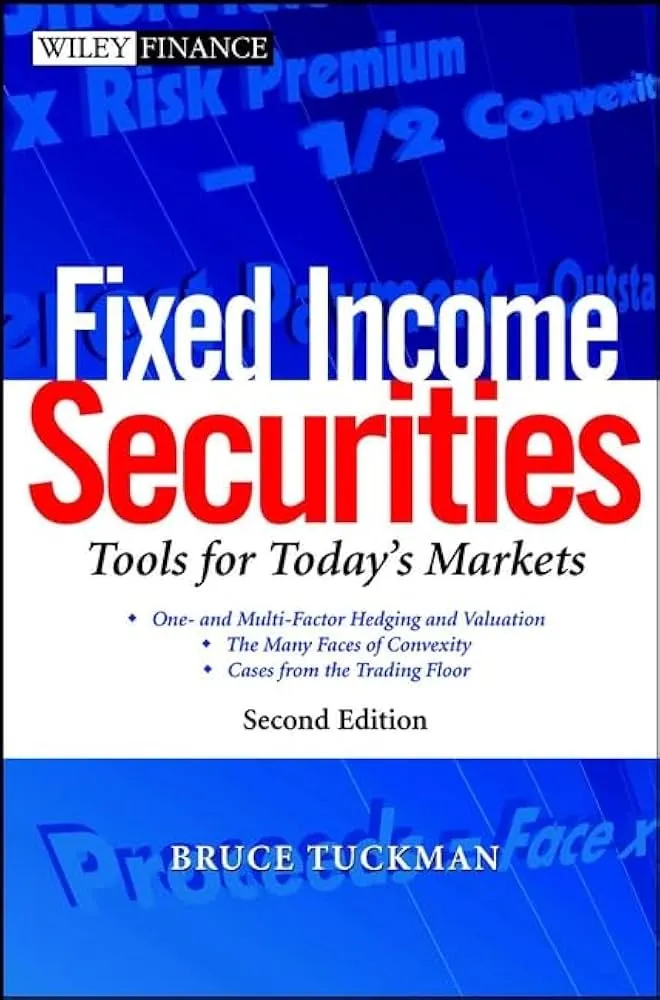
Bruce Tuckman & Angel Serrat
A must-read for CFA candidates studying fixed income, this book explains bond pricing, yield curves, and credit risk models in depth. It also covers interest rate risk and derivatives, which are critical for CFA Level II and III. Mastery of these concepts ensures a strong foundation in fixed-income investments.
Frank J. Fabozzi
This comprehensive guide is an essential resource for CFA candidates preparing for the Fixed Income section of the CFA exams. Covering everything from bond valuation, yield measures, and risk management to more advanced topics like structured finance and derivatives, the book provides deep technical knowledge required for mastering fixed-income investments. By studying this book, CFA candidates can enhance their understanding of bond markets, credit risk, and interest rate modeling, all of which are critical for both the exam and real-world investment analysis.
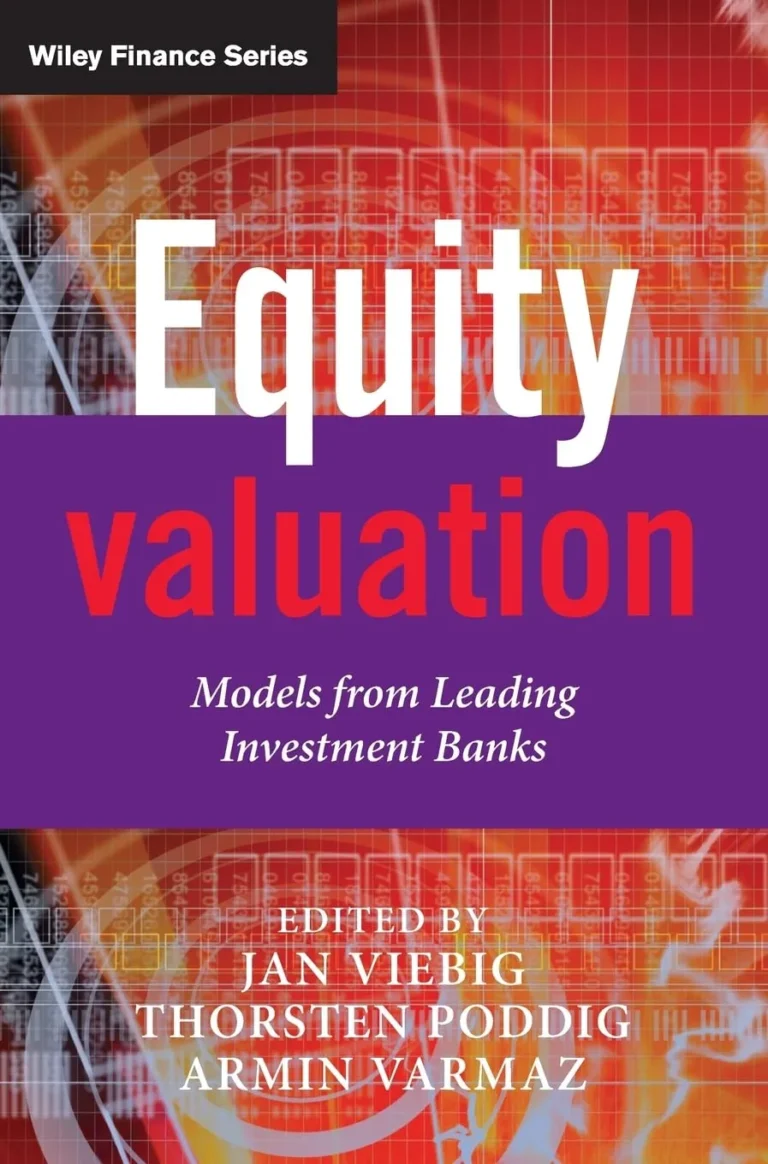
Jan Viebig, Thorsten Poddig, Armin Varmaz
This book provides CFA candidates with practical insights into equity valuation techniques used by top investment banks, complementing the valuation methodologies covered in the CFA curriculum. It explores discounted cash flow (DCF) models, relative valuation techniques, and risk-adjusted return frameworks, all of which are crucial for Level 1, 2, and 3 candidates. By studying real-world valuation models, CFA candidates can bridge the gap between theoretical knowledge and industry practice, enhancing their ability to analyze stocks and make informed investment decisions.
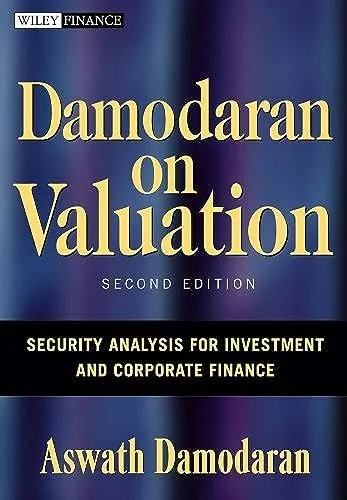
Aswath Damodaran
Written by one of the leading experts in valuation, this book offers CFA candidates an in-depth understanding of financial modeling, cost of capital, and market multiples. It presents both theoretical foundations and real-world applications of valuation techniques. These skills are essential for CFA exams, particularly in equity valuation and financial modeling.
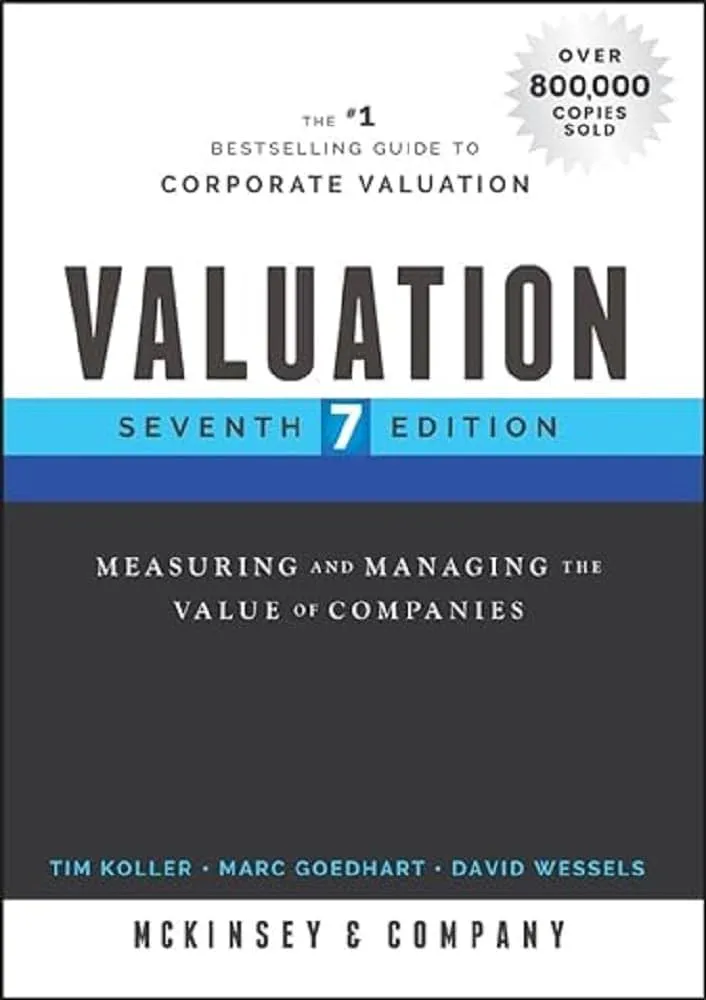
McKinsey & Company
This book provides CFA candidates with a rigorous approach to corporate valuation, covering discounted cash flow (DCF) models, earnings multiples, and economic value-added (EVA). It helps bridge the gap between theory and practical valuation techniques. A mastery of these valuation methods is crucial for CFA Levels II and III.
Alternative Investments & Derivatives
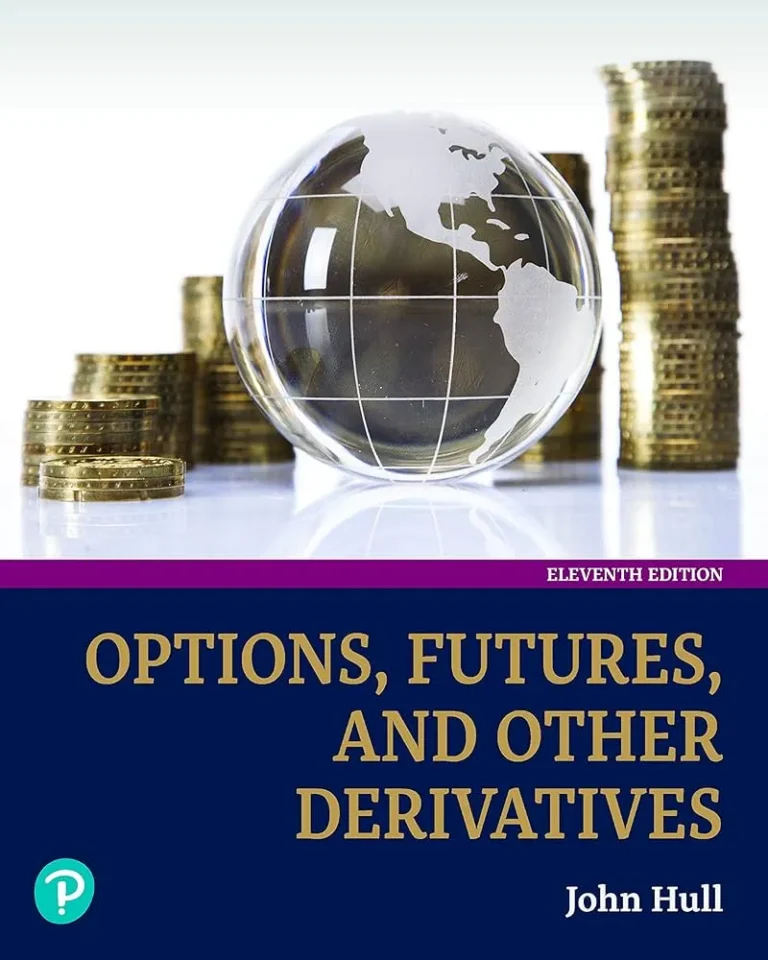
John C. Hull
A go-to resource for derivatives pricing and risk management, this book is essential for CFA candidates tackling the derivatives section. It covers Black-Scholes, binomial models, and hedging strategies, all crucial for Level II and III. Mastering these concepts is necessary for careers in trading, risk management, and quantitative finance.
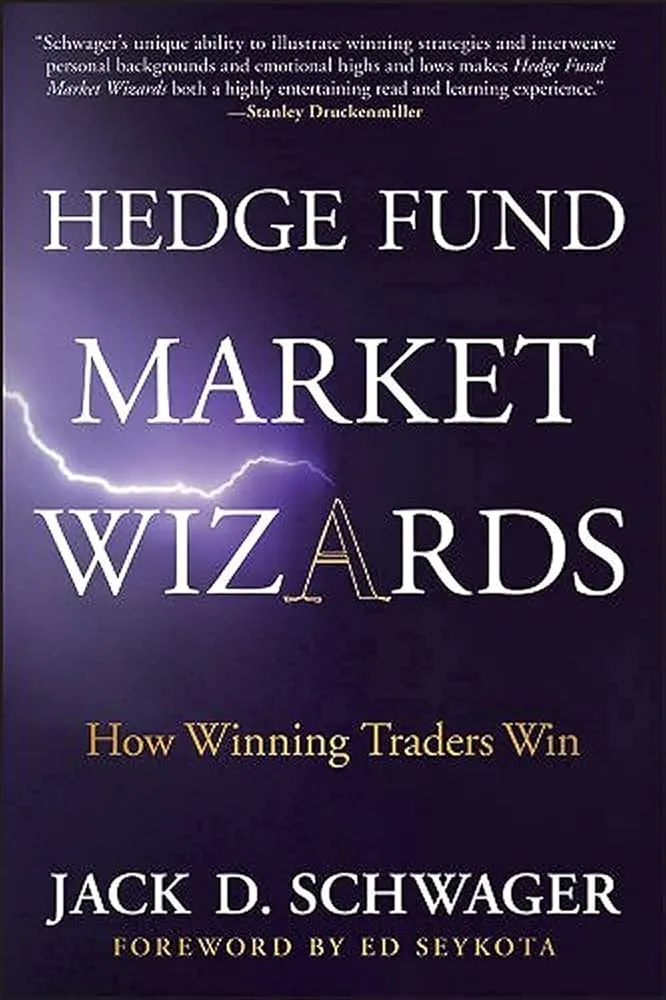
Jack D. Schwager
This book offers interviews with successful hedge fund managers, providing CFA candidates with insights into various trading and investing strategies. Learning from industry leaders helps candidates develop their own risk management techniques and investment philosophies. Understanding these strategies is beneficial for those aiming to work in hedge funds or asset management.
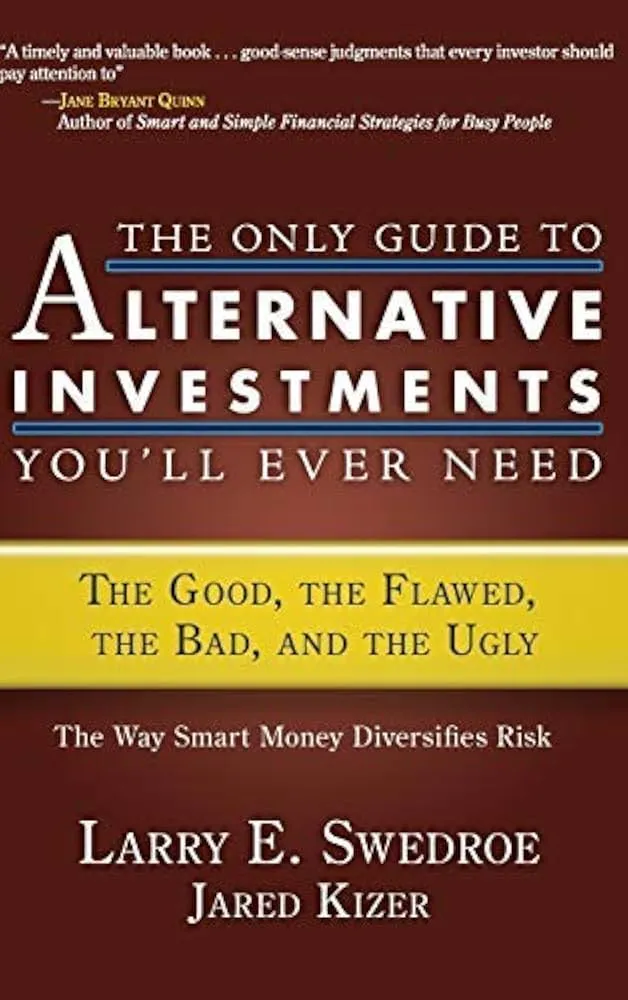
Larry Swedroe
This book breaks down alternative investments, helping CFA candidates assess hedge funds, private equity, and structured products. Understanding these asset classes is crucial for diversification and risk management in portfolio construction. It complements the CFA curriculum’s focus on alternative investments.
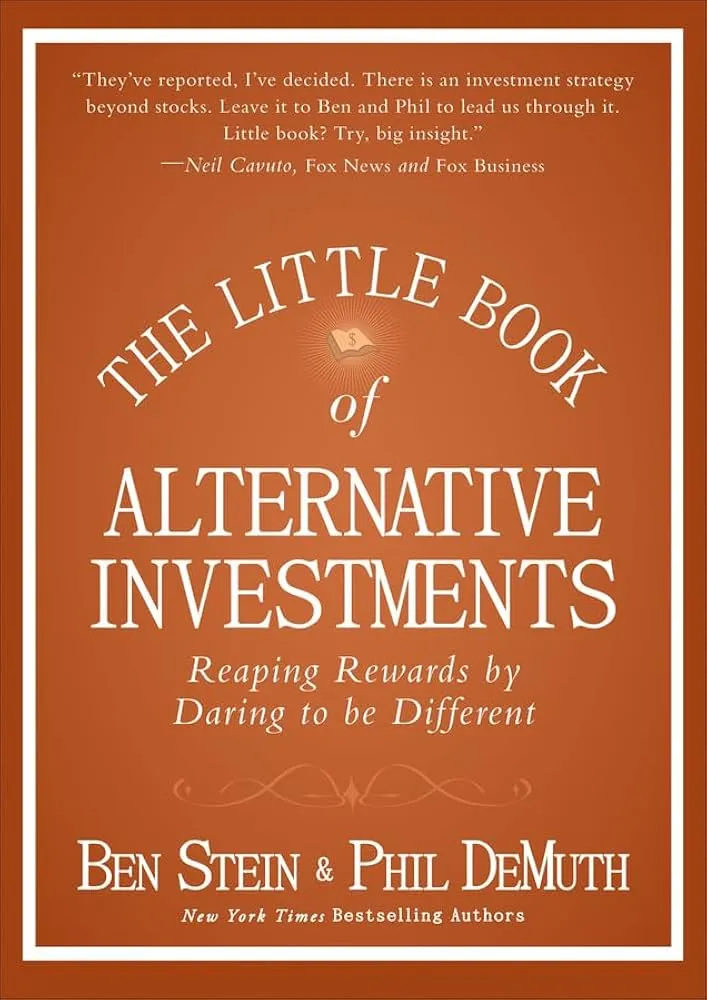
Ben Stein & Phil DeMuth
This book provides an accessible introduction to hedge funds, commodities, and private equity. CFA candidates can use it to better understand alternative investments, a growing area in portfolio management. Mastery of these concepts is beneficial for diversification strategies in the CFA curriculum.
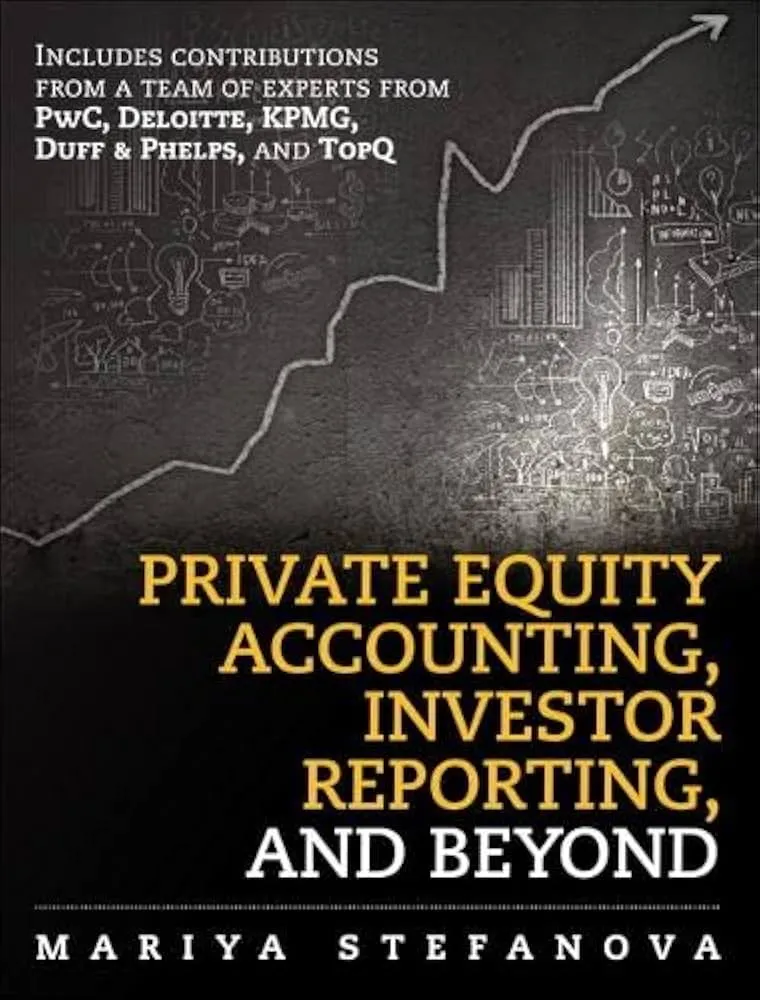
Mariya Stefanova
This book provides a detailed look into private equity fund structures, reporting, and valuation techniques. CFA candidates interested in alternative investments will find it useful for understanding private equity modeling and financial reporting standards. It complements the CFA Level III curriculum’s coverage of alternative assets.
Economics & Market Cycles

N. Gregory Mankiw
A foundational text on economic principles, this book helps CFA candidates grasp key macroeconomic factors affecting financial markets. Understanding GDP, inflation, and monetary policy is critical for the CFA curriculum, especially for fixed income and portfolio management. A solid macroeconomic foundation improves candidates’ ability to interpret economic data and market trends.
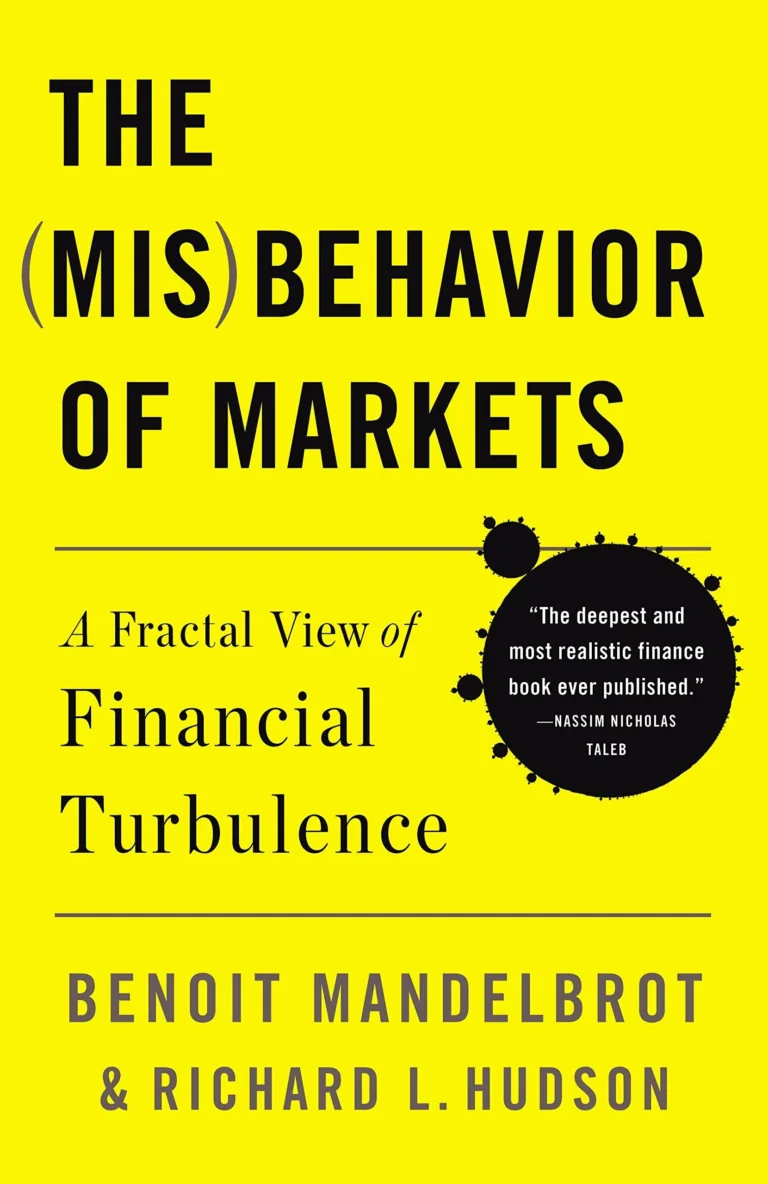
Benoit Mandelbrot
This book challenges traditional finance models by applying fractal mathematics to financial markets. CFA candidates can benefit from its perspective on market volatility and risk, which can improve risk management skills. Understanding these principles provides a deeper insight into market behavior beyond standard financial models.
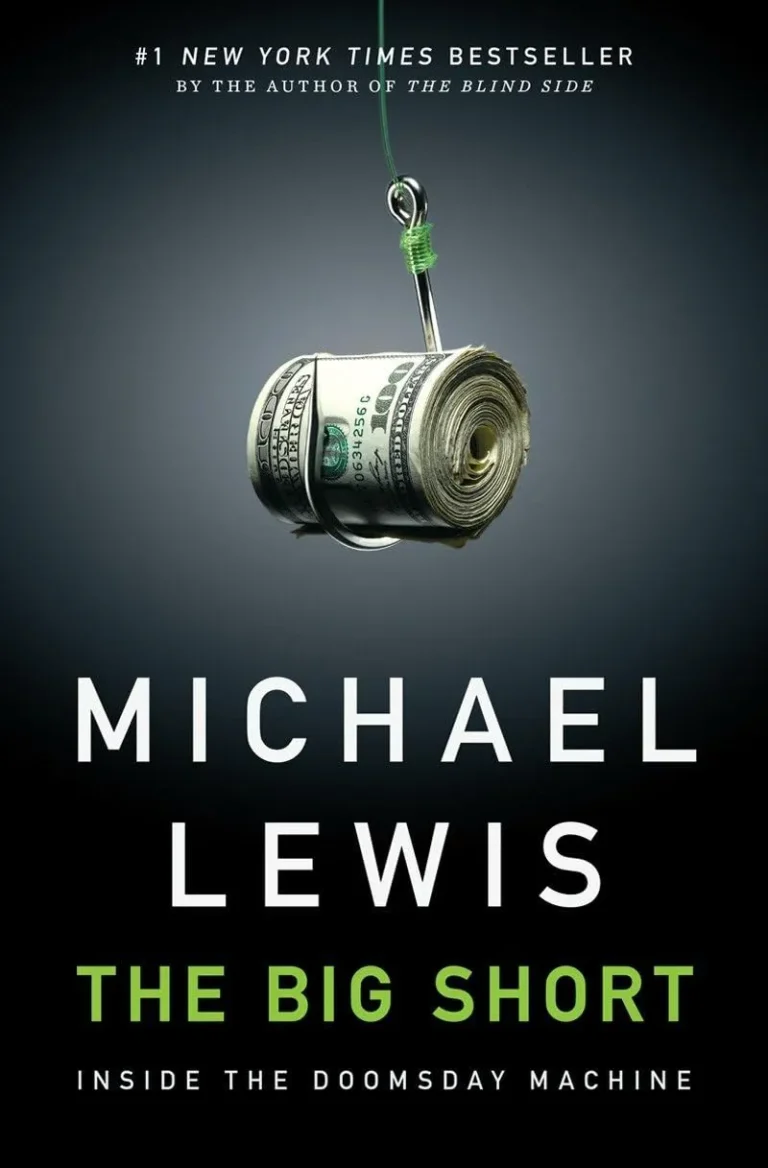
Michael Lewis
A compelling narrative about the 2008 financial crisis, this book helps CFA candidates understand the real-world impact of financial mismanagement. It highlights the importance of risk assessment, financial derivatives, and market inefficiencies. These lessons are valuable for candidates studying credit risk and financial markets.
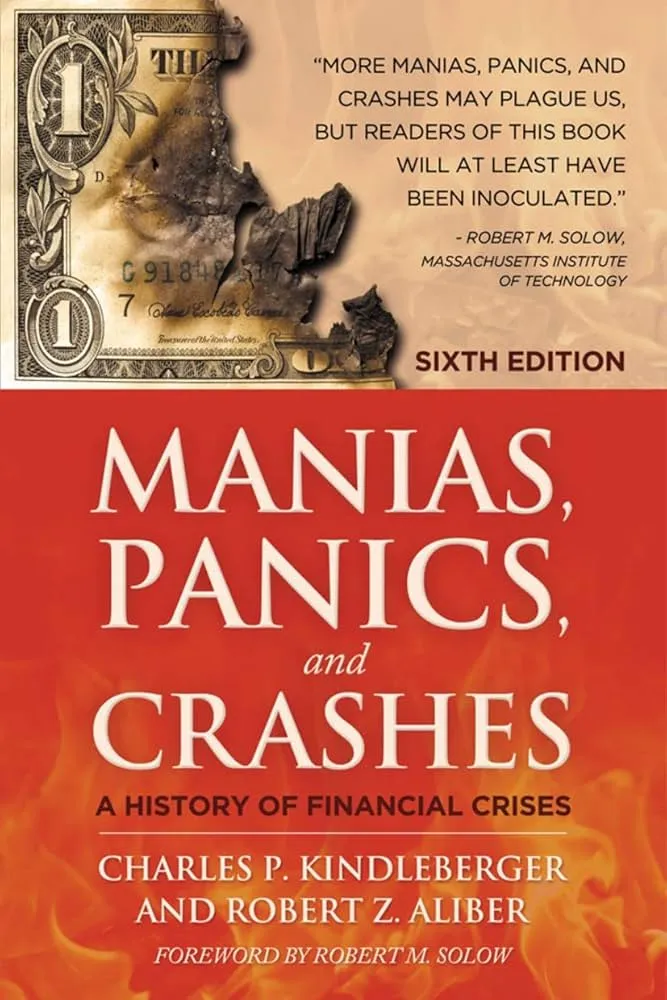
Charles Kindleberger
This book provides historical insights into financial crises, helping CFA candidates understand market cycles and systemic risk. Studying past crises improves candidates’ ability to analyze credit risk and macroeconomic factors. These lessons are particularly valuable for risk management and financial regulation topics.
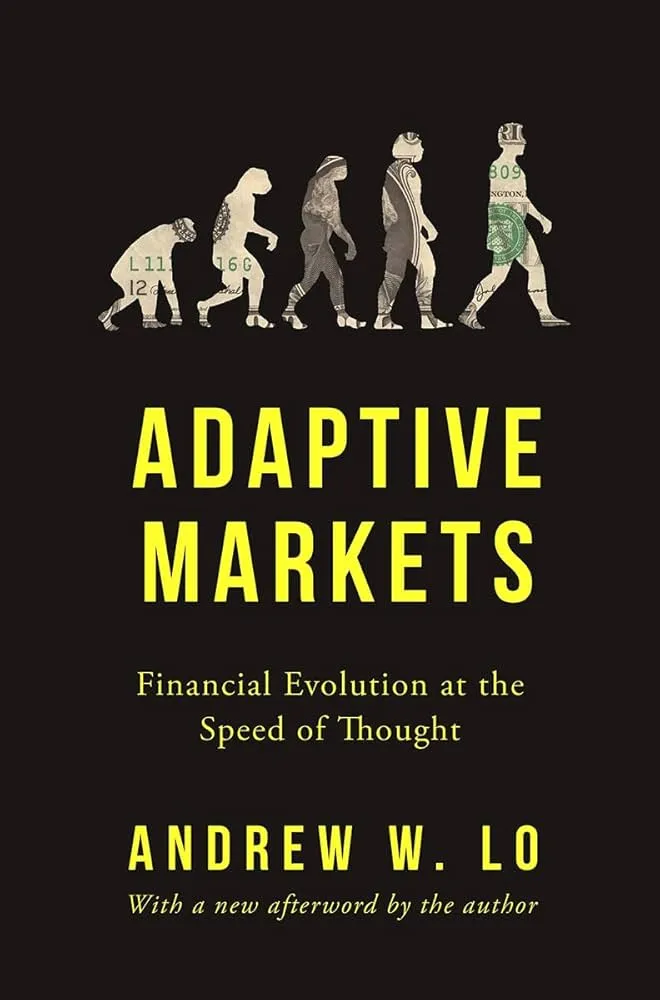
Andrew Lo
Andrew Lo challenges traditional efficient market theories by introducing the Adaptive Markets Hypothesis, which integrates psychology and evolutionary biology into finance. This perspective helps CFA candidates understand market inefficiencies and behavioral finance principles, both of which are critical for real-world investment analysis. The book bridges the gap between theory and practice, offering valuable insights for candidates preparing for portfolio management and market risk topics.
Quantitative Finance & Risk Management
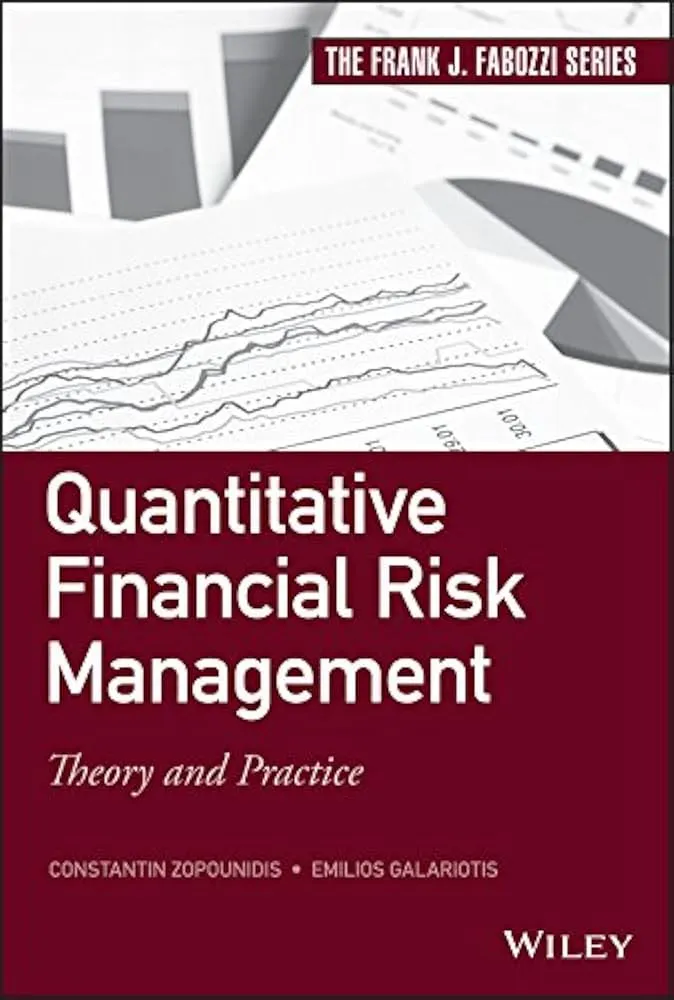
Constantin Zopounidis
This book delves into advanced risk management techniques, an area of increasing importance in the CFA curriculum, particularly at Levels II and III. It provides a theoretical and practical approach to credit risk, market risk, and operational risk—core topics for risk analysts and portfolio managers. CFA candidates aiming for careers in risk management or investment banking will find its methodologies highly applicable.
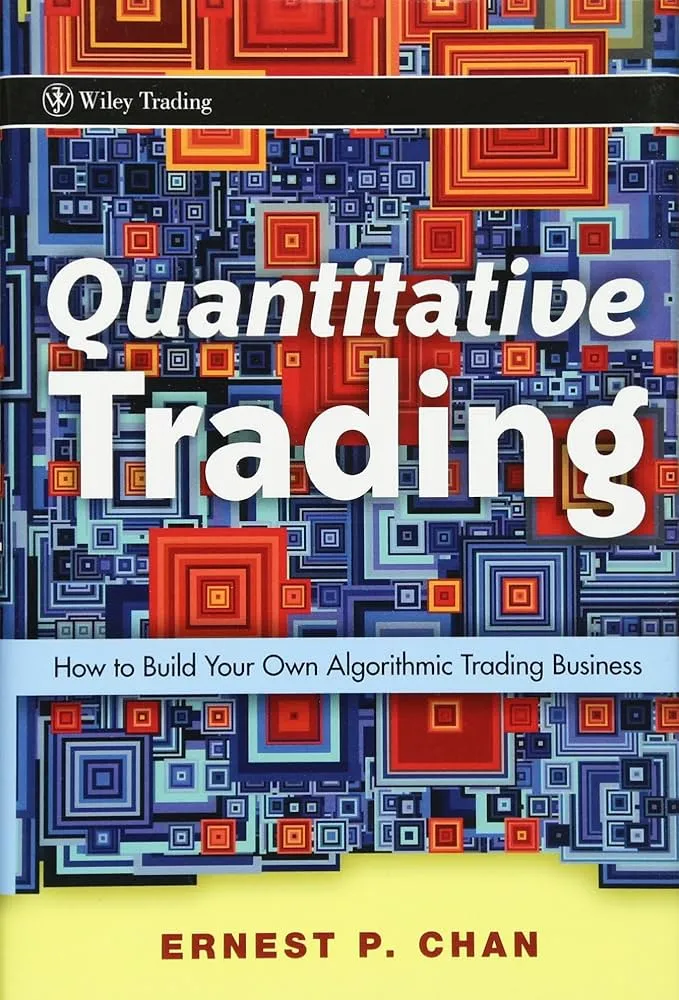
Ernest Chan
For CFA candidates interested in algorithmic trading and quantitative strategies, this book offers a step-by-step guide to building and backtesting trading models. It complements CFA topics on financial markets, technical analysis, and systematic investing by providing practical applications of statistical arbitrage and machine learning in trading. Learning these quantitative skills can give candidates a competitive edge in hedge funds, asset management, and proprietary trading roles.
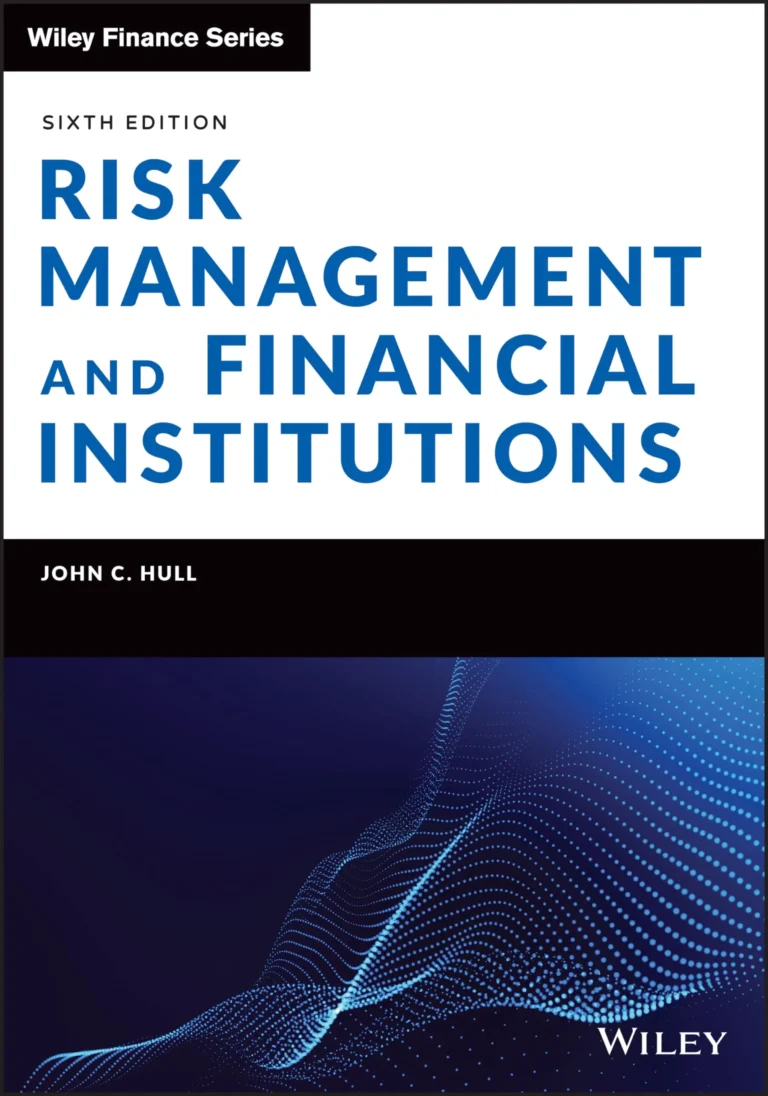
John C. Hull
John Hull’s book is essential for understanding risk management frameworks, a crucial aspect of CFA Levels II and III. It provides deep insights into market, credit, and operational risk, as well as regulatory frameworks like Basel III, which are covered in the CFA curriculum. Candidates aspiring to careers in risk management, banking, or asset management will benefit from its structured approach to financial risk.

Erik Lindström
A strong foundation in statistics is essential for CFA candidates tackling quantitative methods, risk management, and asset valuation. This book covers probability distributions, statistical inference, and time-series analysis, which are critical for making data-driven investment decisions. Understanding these concepts enables candidates to interpret financial data effectively and apply quantitative techniques in portfolio management.
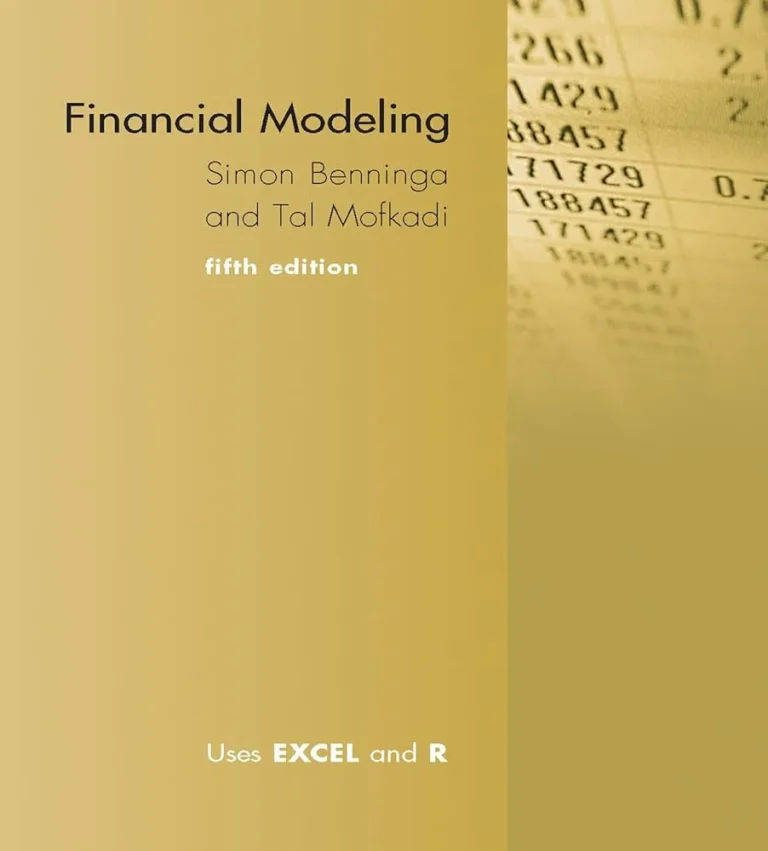
Simon Benninga
This book provides a practical, hands-on guide to building financial models using Excel and R, making it an invaluable resource for CFA candidates studying corporate finance and valuation. It breaks down complex financial calculations into step-by-step models, reinforcing key quantitative skills needed for CFA Level I, II, and III. Mastering financial modeling enhances a candidate’s ability to analyze investment opportunities and prepare for real-world finance roles.
Ethics & Professional Standards
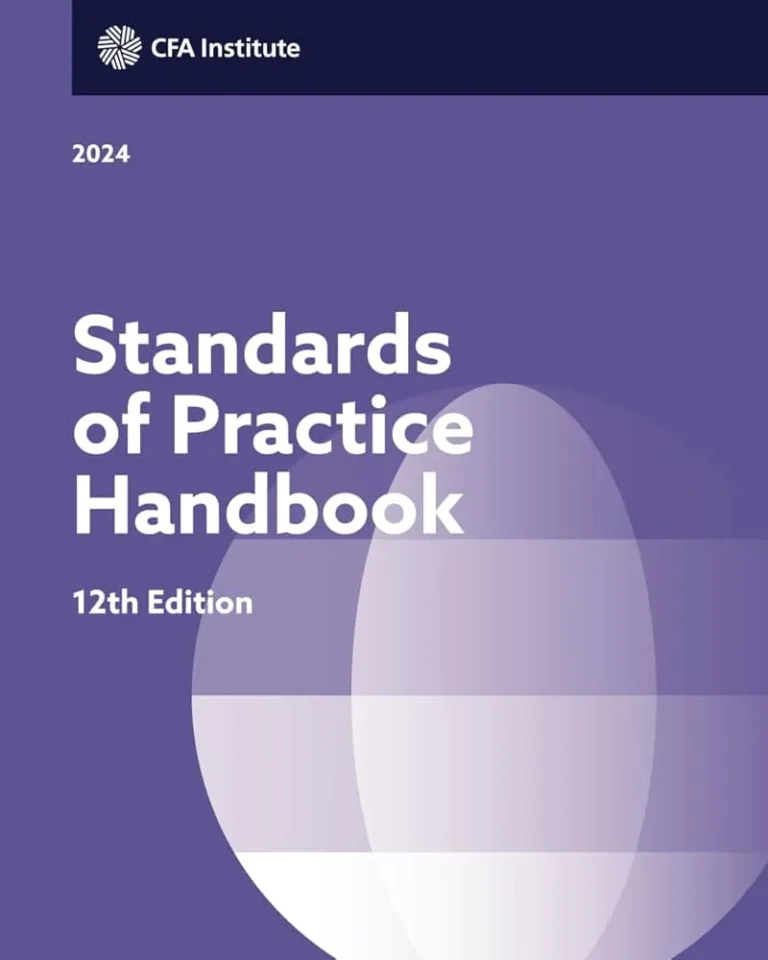
CFA Institute
As a core component of the CFA curriculum, this handbook provides essential guidance on ethical behavior and professional standards in the investment industry. Understanding and applying these principles is crucial for passing the CFA exams and maintaining credibility as a finance professional. The real-world scenarios and case studies help candidates develop the judgment needed to navigate ethical dilemmas in their careers.
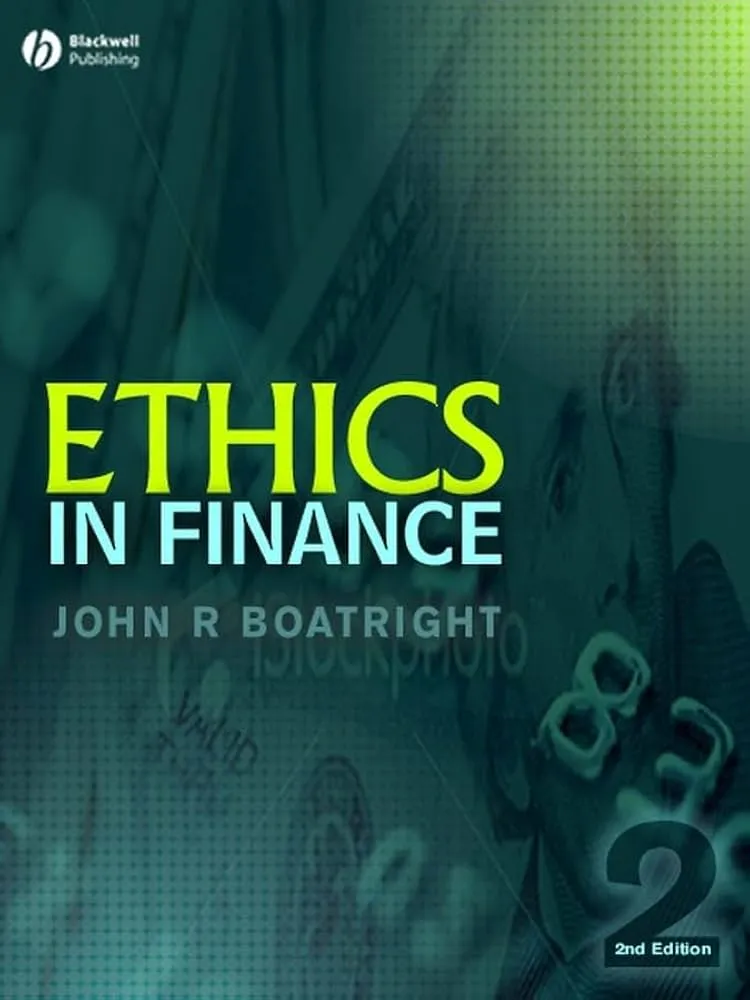
John Boatright
This book explores the ethical challenges that finance professionals face, complementing the CFA Institute’s Ethics and Professional Standards curriculum. By discussing corporate governance, fiduciary responsibilities, and ethical decision-making, it helps candidates grasp the real-world implications of ethical missteps. CFA candidates can use this knowledge to strengthen their ethical reasoning skills, which is essential for passing the ethics section of the CFA exams.
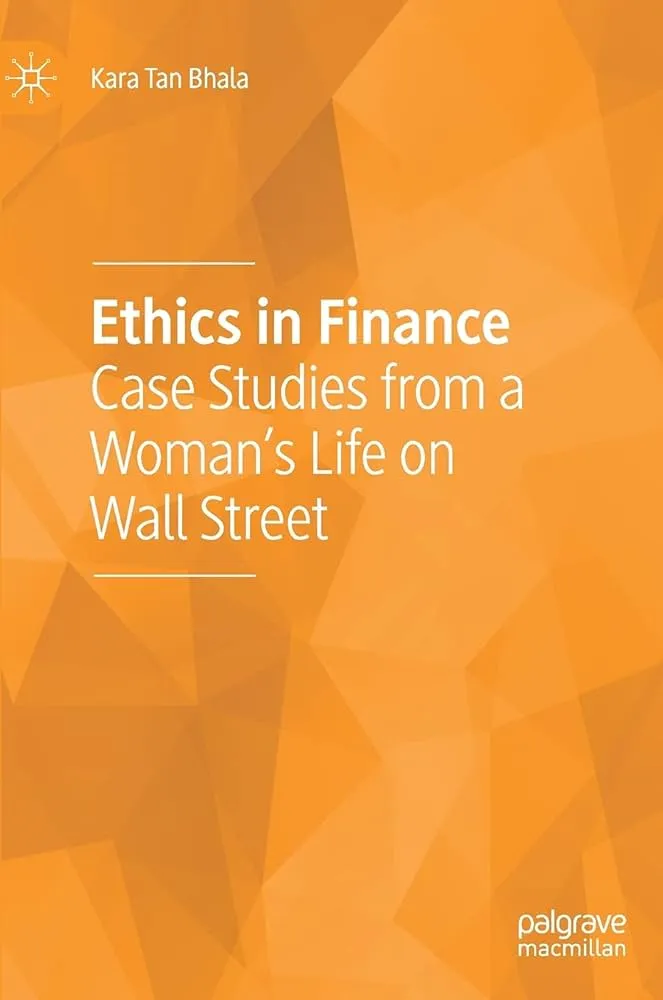
Kara Tan Bhala
This book provides real-world ethical dilemmas in finance, offering CFA candidates practical insights into how ethical principles apply in high-stakes situations. Through case studies, it reinforces the importance of integrity, professionalism, and ethical decision-making—critical components of the CFA Institute’s Code of Ethics and Standards of Professional Conduct. CFA candidates can use these lessons to develop their ethical reasoning skills, preparing them for both the exam and the real-world challenges of the investment industry.
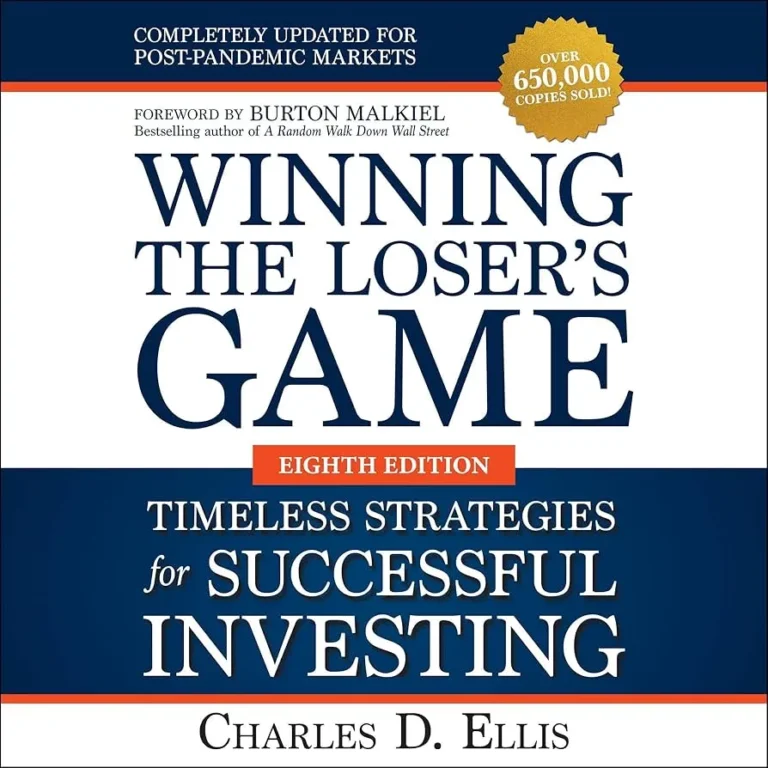
Charles D. Ellis
This book highlights how individual investors often underperform due to emotional biases and lack of discipline, reinforcing the CFA program’s emphasis on rational decision-making and risk management. By advocating for a long-term, low-cost investment strategy, it aligns with the CFA Institute’s principles on efficient markets and prudent portfolio construction. CFA candidates can use Ellis’s insights to refine their investment philosophy and apply evidence-based strategies in asset management.
Behavioral Finance & Decision Making
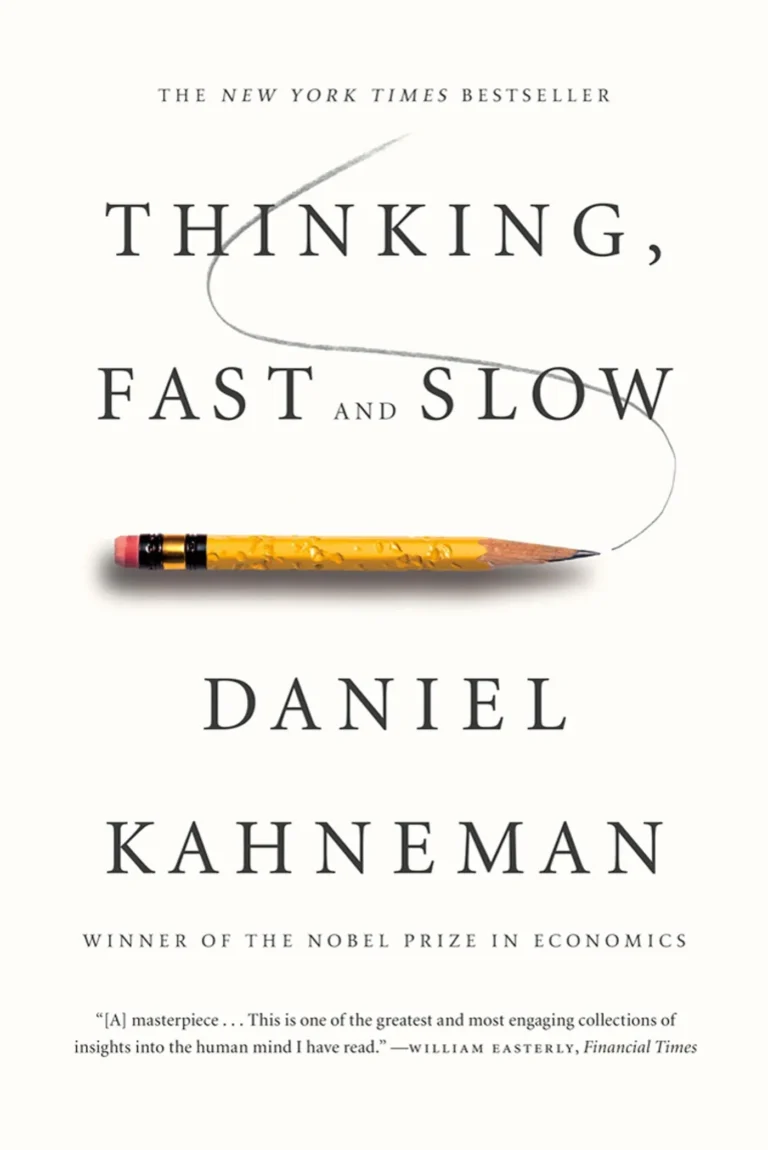
Daniel Kahneman
Kahneman introduces the concepts of System 1 (fast, intuitive thinking) and System 2 (slow, deliberate thinking), which are essential for understanding biases in financial decision-making. CFA candidates can use this knowledge to analyze how irrational behavior affects market efficiency and risk assessment. Mastering these concepts can enhance performance in behavioral finance topics and practical investment decision-making.
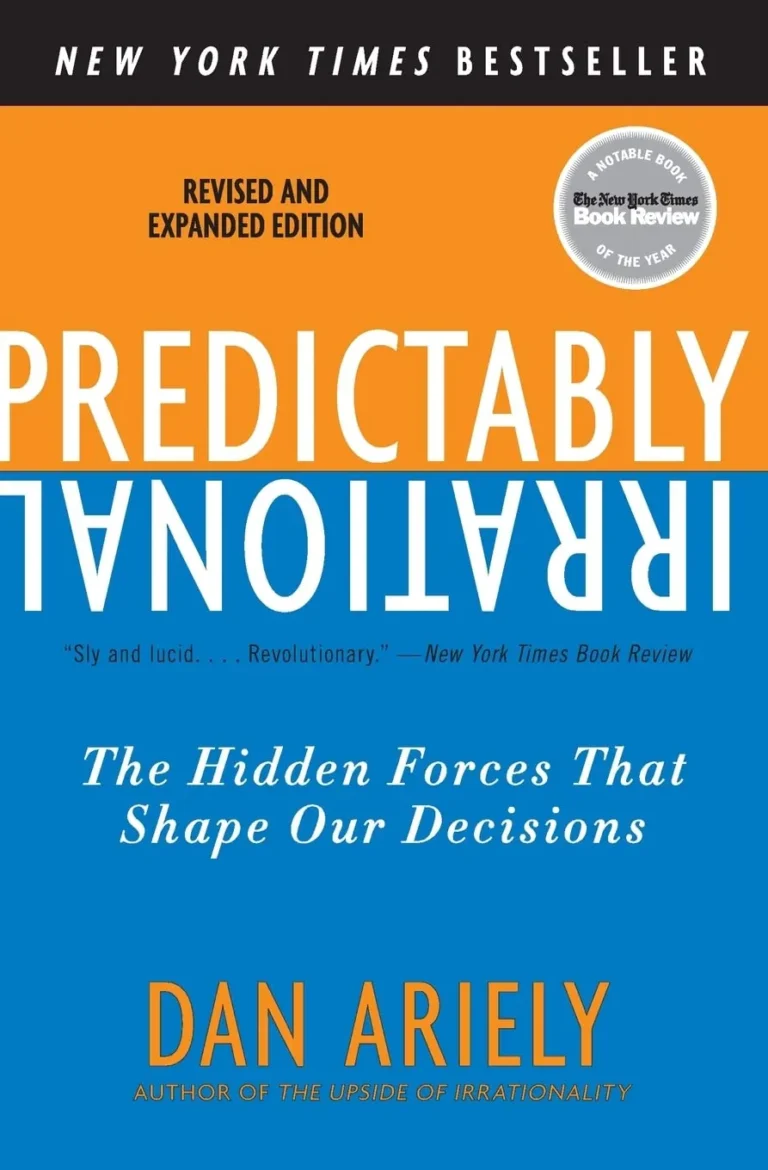
Dan Ariely
Ariely explores the hidden forces that drive irrational financial decisions, challenging the assumption that investors always act rationally. CFA candidates can apply these insights to behavioral finance topics in the exam and better understand real-world market inefficiencies. By recognizing cognitive biases like loss aversion and anchoring, candidates can refine their investment analysis and decision-making skills.
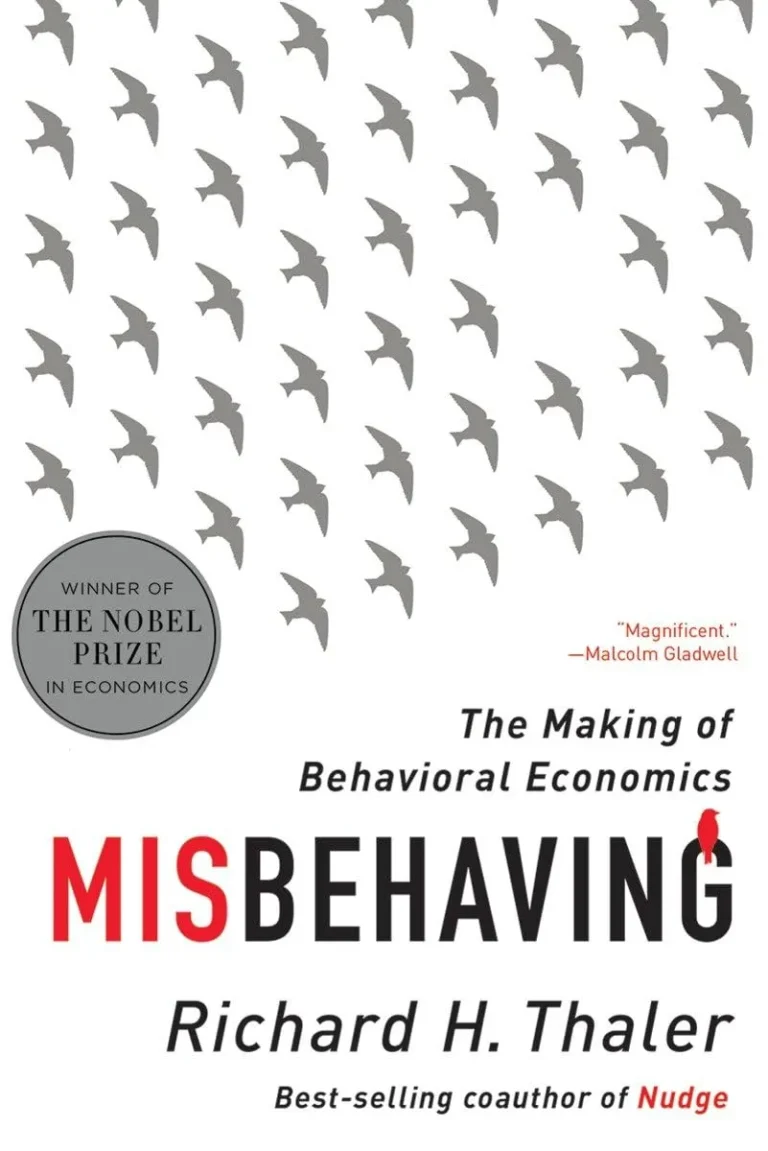
Richard Thaler
haler, one of the pioneers of behavioral economics, challenges traditional financial theories by demonstrating how irrationality affects markets. CFA candidates can use these insights to better understand investor behavior, pricing anomalies, and the limits of efficient market hypothesis. The book provides practical applications for behavioral finance, a growing area of focus in investment analysis and financial planning.
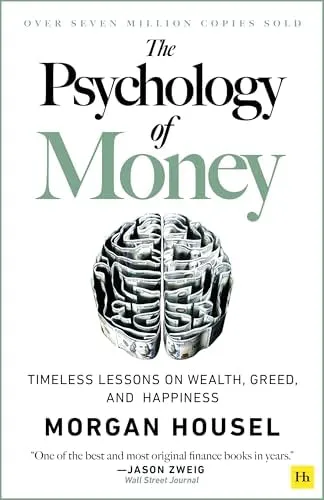
Morgan Housel
Housel explores the human side of financial decision-making, showing that wealth accumulation is more about behavior than technical skill. CFA candidates can benefit by understanding how emotions, risk perception, and personal experiences influence investment decisions. These insights are particularly useful for applying behavioral finance concepts and improving communication with clients in wealth management roles.
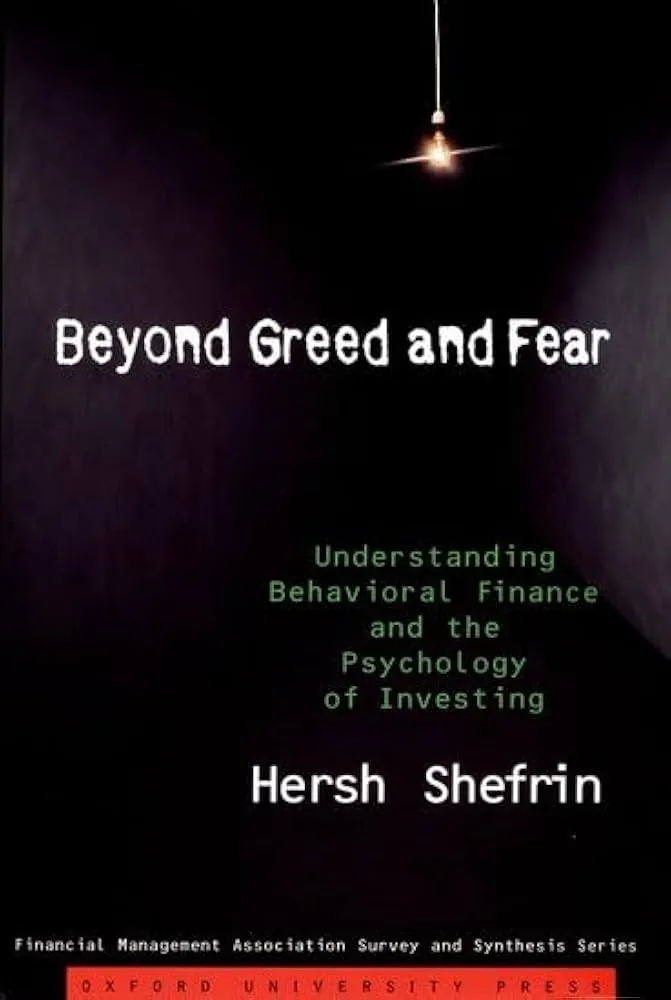
Hersh Shefrin
Shefrin bridges the gap between traditional finance theories and behavioral finance, showing how emotions shape investment decisions. CFA candidates will benefit from understanding how biases like overconfidence and mental accounting impact portfolio management. These insights can improve risk assessment skills and enhance performance in behavioral finance topics.
Career Development & Professional Growth
Chris Voss
In this book, former FBI hostage negotiator Chris Voss shares powerful negotiation strategies that work even under the most challenging circumstances. Voss’s approach emphasizes empathy and tactical questioning, which can be invaluable when asking your employer for support. By using techniques like “mirroring” and “labeling,” you can make your manager feel understood and appreciated while guiding the conversation toward a win-win outcome, such as partial or full sponsorship for your CFA journey.

Reid Hoffman & Ben Casnocha
This book teaches the mindset of adaptability and continuous career reinvention, which is crucial for CFA candidates navigating the competitive finance industry. By leveraging networking, skill acquisition, and intelligent risk-taking, candidates can position themselves for better job opportunities. The book provides actionable strategies for career growth that align well with the CFA designation’s long-term benefits.

Cal Newport
Newport argues that passion follows mastery, not the other way around, making a compelling case for skill development over blind enthusiasm. For CFA candidates, this reinforces the importance of disciplined study and incremental improvement in financial analysis and investment strategy. By focusing on deep work and deliberate practice, candidates can build expertise that sets them apart in the finance industry.

Richard N. Bolles
Bolles provides a framework for career planning and job searching based on self-awareness and strategic positioning. CFA candidates can apply these lessons to identify their ideal roles in finance and differentiate themselves from other job seekers. By aligning personal strengths with industry demands, they can maximize the career benefits of earning the CFA designation.
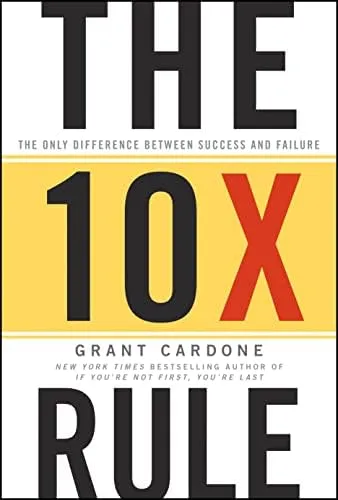
Grant Cardone
Cardone emphasizes the power of extreme action and mindset shifts to achieve massive success. CFA candidates can apply this principle by setting ambitious study goals, maintaining an aggressive preparation schedule, and overcoming self-imposed limitations. His approach encourages a relentless pursuit of excellence, which can be crucial for passing all three CFA levels.
Financial History & Market Crises
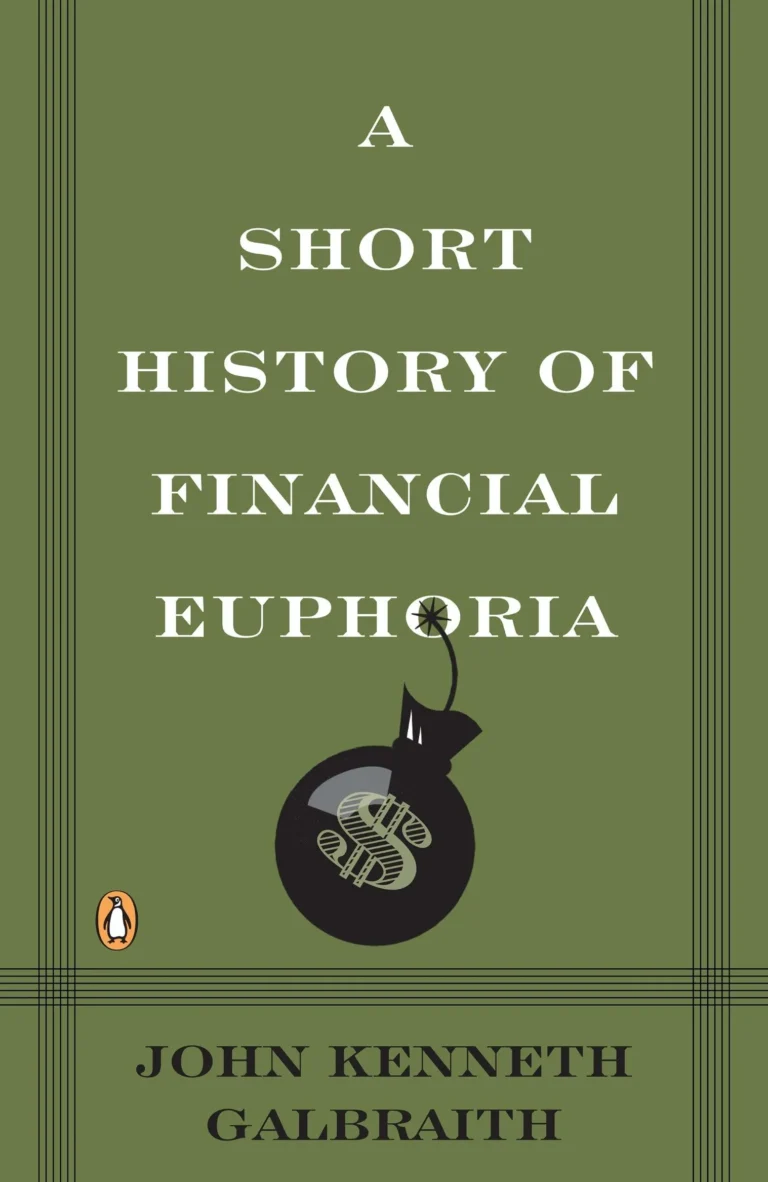
John Kenneth Galbraith
Galbraith dissects historical financial bubbles and the recurring patterns of speculative excess. CFA candidates can use these lessons to understand market cycles, the dangers of herd behavior, and the psychological traps that lead to financial crises. This historical perspective enriches their ability to assess risk and market behavior with a critical eye.
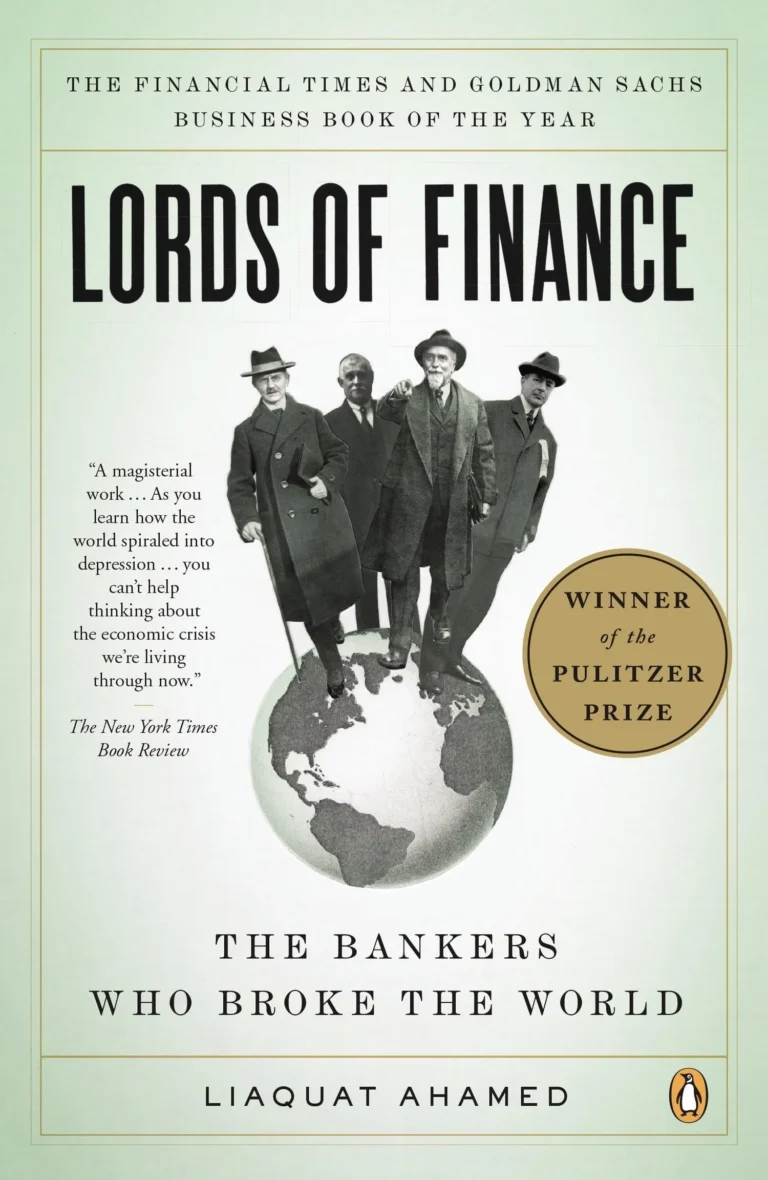
Liaquat Ahamed
This Pulitzer Prize-winning book provides a historical perspective on how central bankers’ decisions led to the Great Depression, offering valuable lessons on monetary policy, financial crises, and economic history. CFA candidates can deepen their understanding of macroeconomics and central banking, crucial topics in the CFA curriculum. By analyzing the mistakes of past financial leaders, candidates can develop better critical thinking skills when evaluating economic policies and their impact on markets.
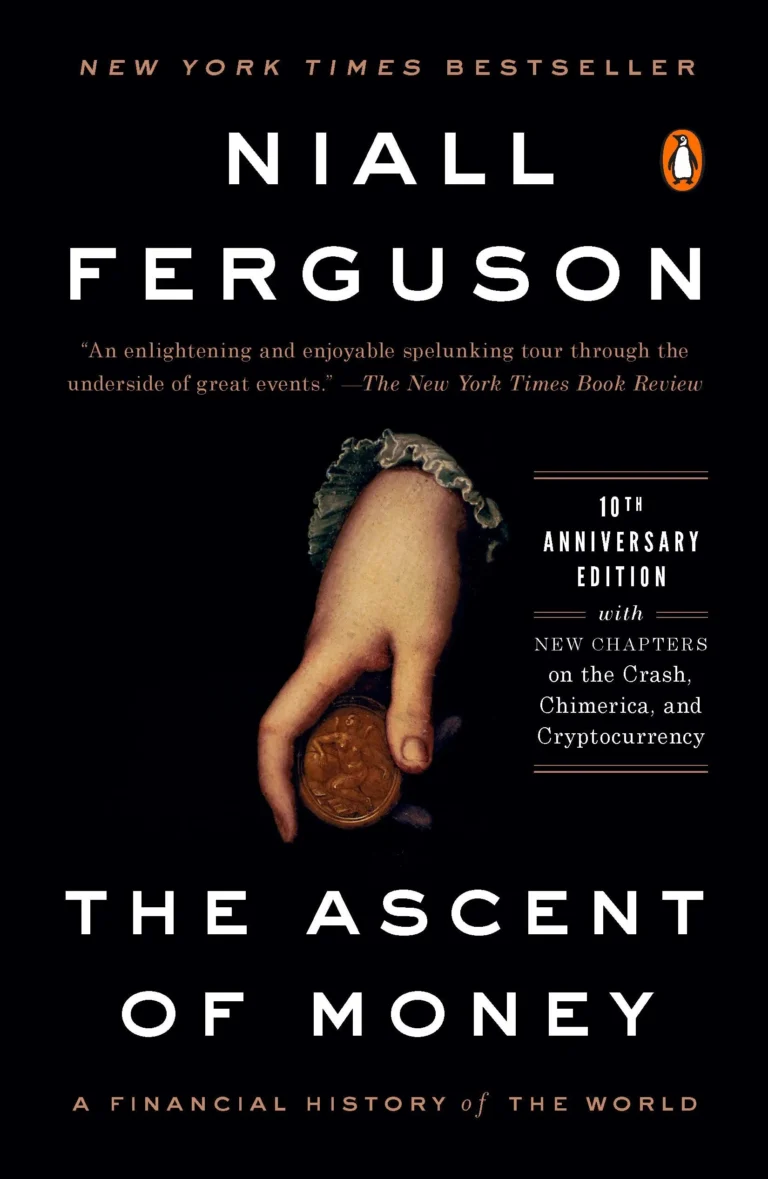
Niall Ferguson
This book provides a historical overview of money, banking, and financial markets, giving CFA candidates a broader context for understanding modern finance. Ferguson traces the evolution of financial systems, explaining key events like the rise of bonds, stock markets, and banking crises. By studying these historical patterns, candidates can better grasp risk management, credit markets, and the importance of financial innovation.
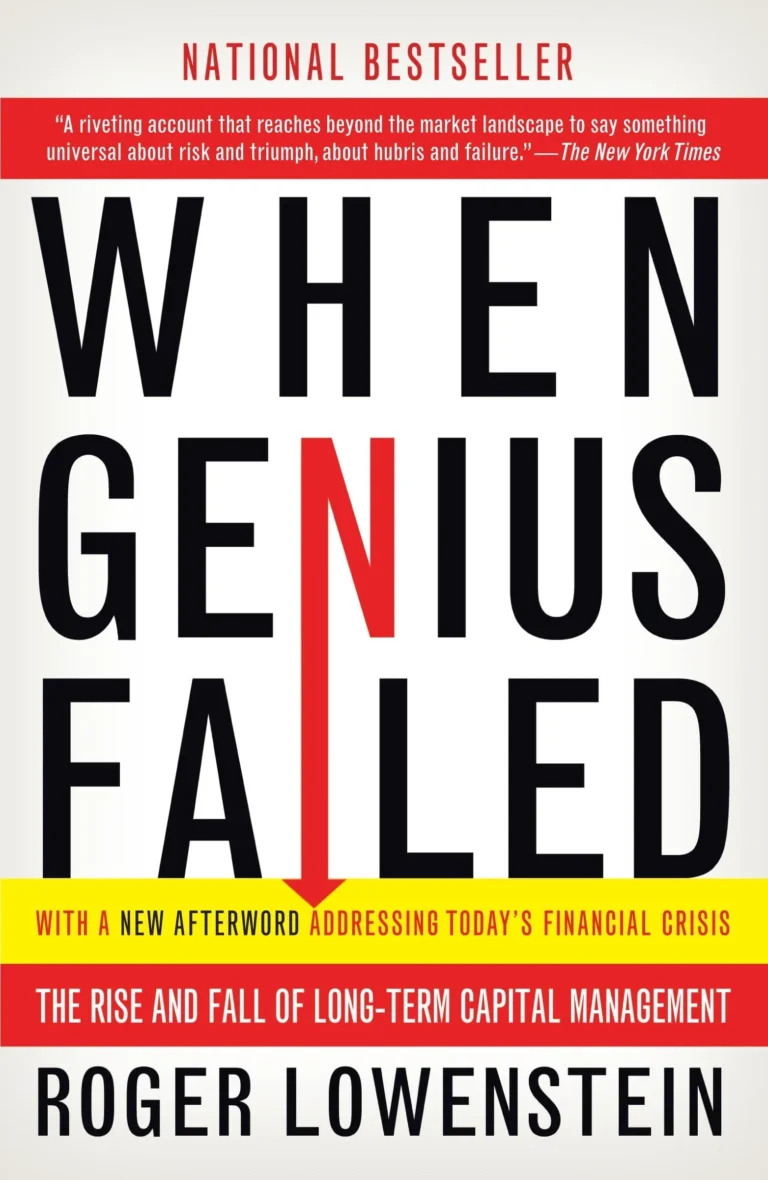
Roger Lowenstein
This book tells the story of Long-Term Capital Management’s collapse, providing critical lessons in risk management, leverage, and market efficiency. CFA candidates can better understand systemic risk, liquidity crises, and the dangers of overreliance on financial models. By studying this case, candidates can refine their approach to managing financial risk in real-world scenarios.
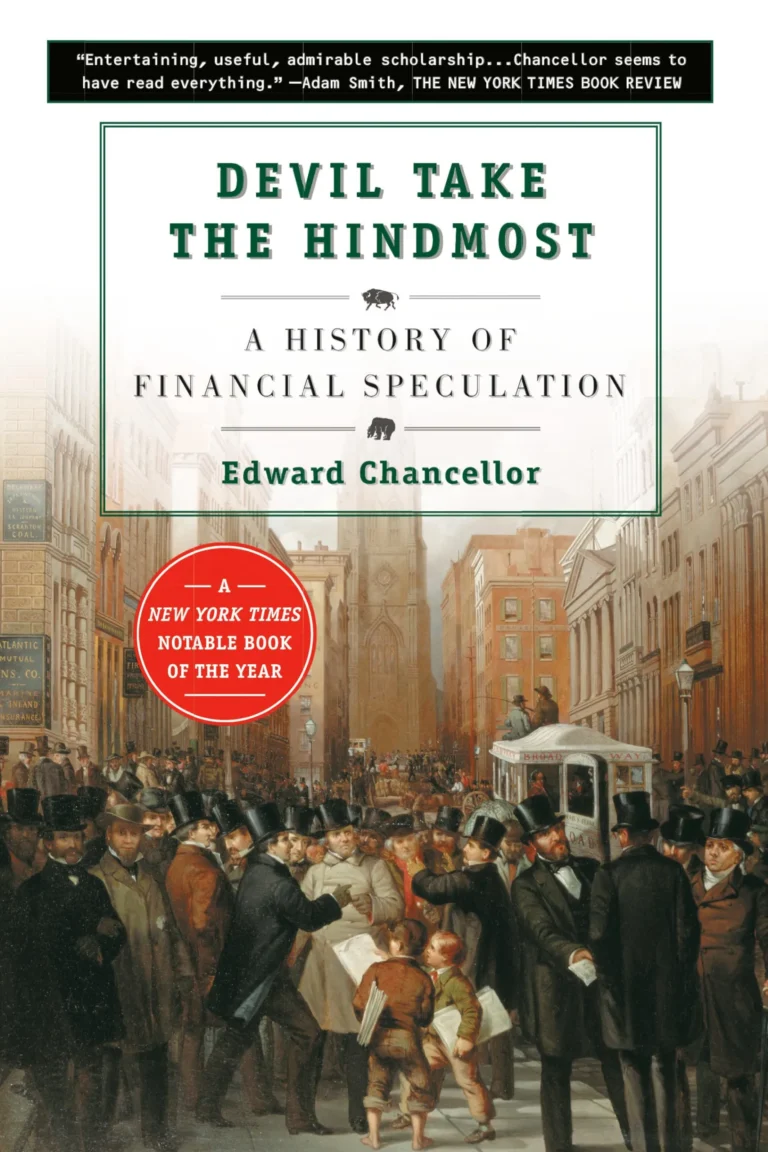
Edward Chancellor
This book examines the history of financial speculation, from early stock market bubbles to modern-day excesses, highlighting the recurring nature of financial booms and busts. CFA candidates can apply these historical lessons when studying behavioral finance and market inefficiencies. Understanding speculative bubbles helps candidates develop a more critical perspective on market trends and asset valuation.
Biographies & Memoirs of Investment Legends
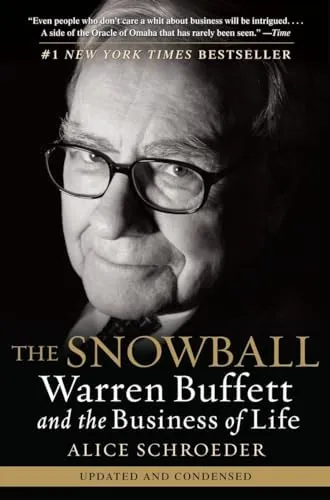
Alice Schroeder
As the definitive biography of Warren Buffett, this book details the mindset, discipline, and investment strategies that made him one of the most successful investors in history. CFA candidates can learn about value investing, compounding returns, and the importance of a long-term perspective. Buffett’s principles align closely with key CFA topics such as corporate finance, financial analysis, and behavioral finance.
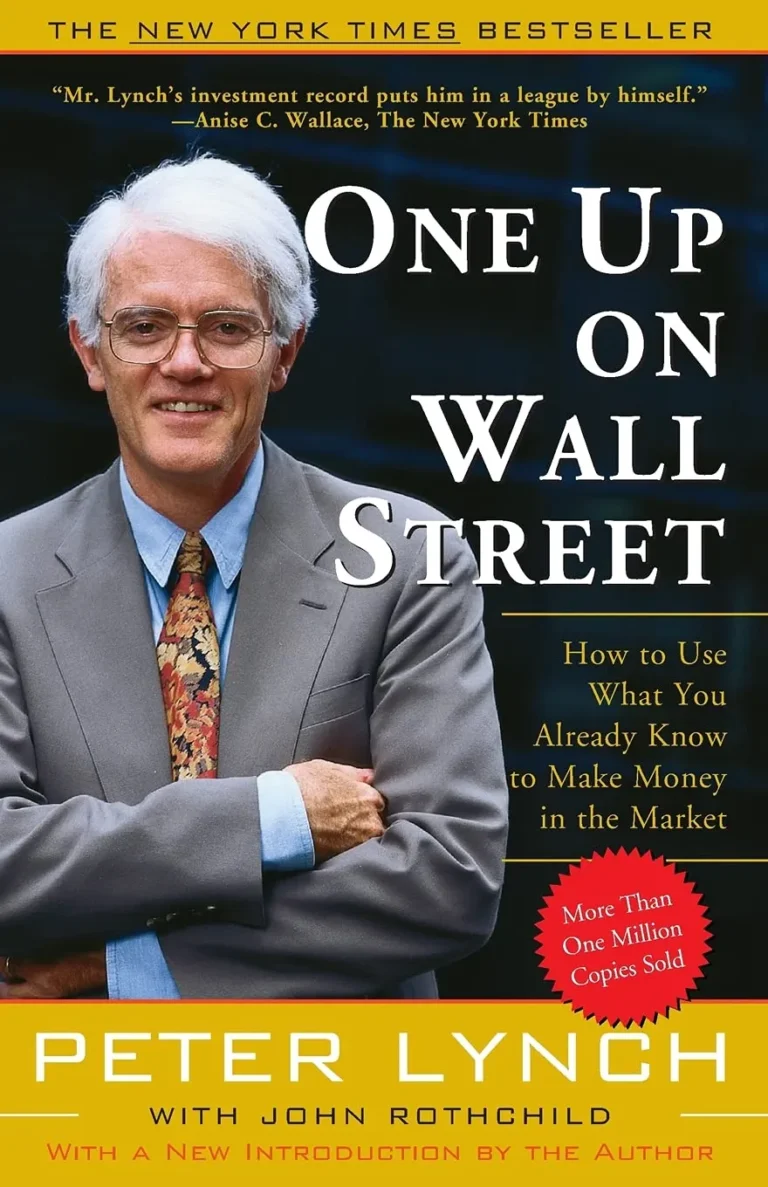
Peter Lynch
Peter Lynch shares his investment philosophy, emphasizing how individual investors can outperform professionals by identifying undervalued stocks using common sense and fundamental analysis. CFA candidates can apply Lynch’s principles when studying equity valuation and financial statement analysis. His emphasis on long-term investing and real-world application makes this book a practical complement to the CFA curriculum.
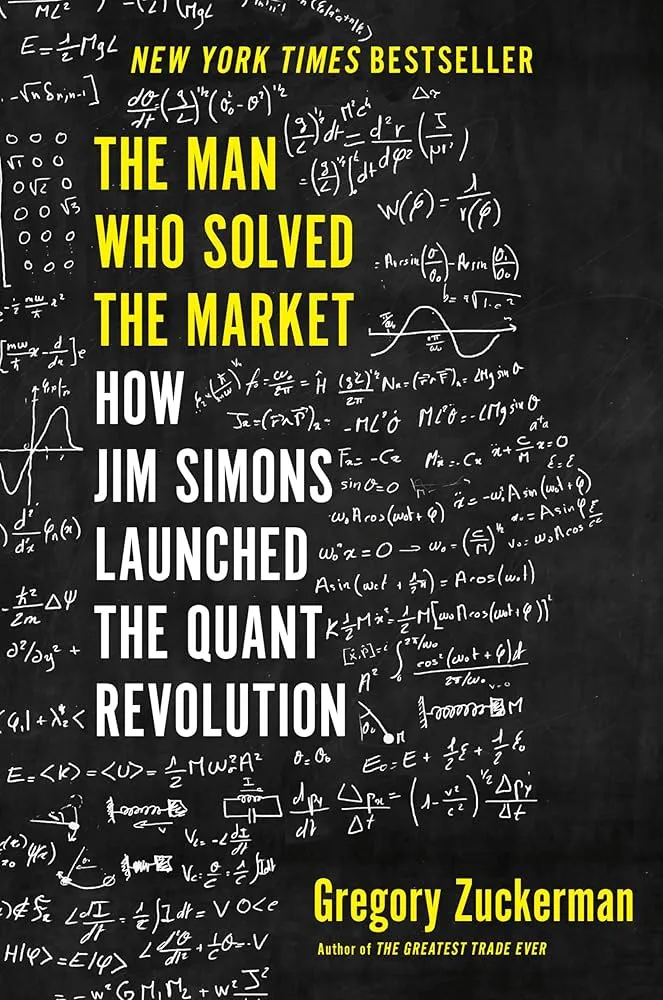
Gregory Zuckerman
This book chronicles the success of Jim Simons and his firm, Renaissance Technologies, revealing how quantitative finance revolutionized investing. CFA candidates can benefit from insights into algorithmic trading, risk modeling, and data-driven decision-making. Understanding how quant strategies work can give candidates an edge when studying financial modeling and investment analysis.
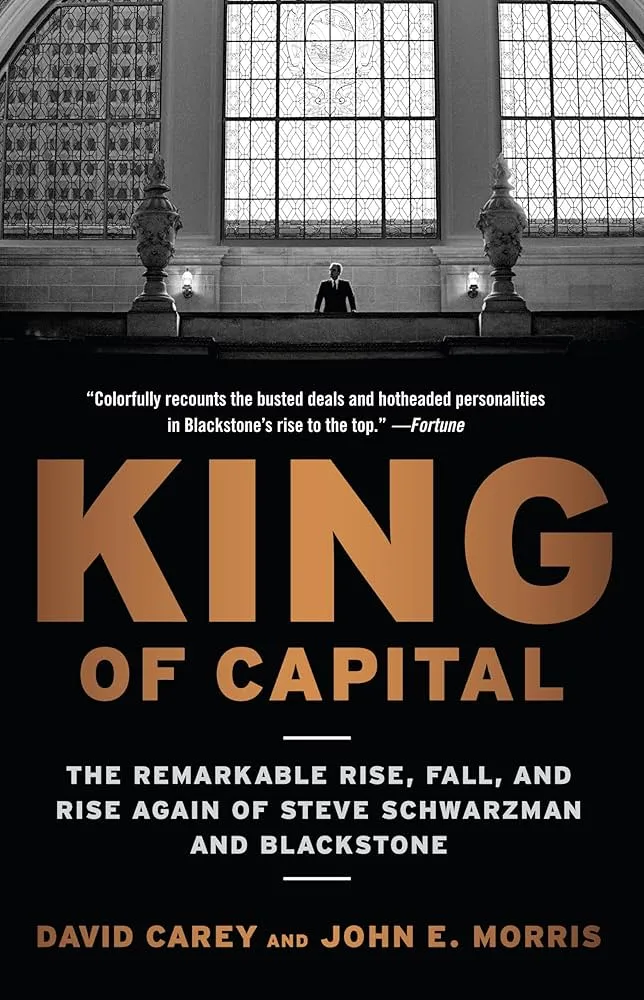
David Carey & John Morris
This book explores the rise of Blackstone and the private equity industry, offering valuable insights into leveraged buyouts, corporate restructuring, and alternative investments. CFA candidates focusing on private equity and M&A can gain a practical understanding of deal-making and financial engineering. By studying the strategies of industry leaders, candidates can better analyze investment opportunities and risk factors in alternative asset classes.
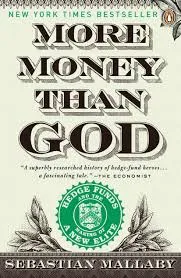
Sebastian Mallaby
This book explores the rise of hedge funds and the strategies that made them successful, from macro trading to quantitative finance. CFA candidates can gain insights into portfolio management, risk-taking, and alternative investments—key areas in the CFA Program. By understanding the evolution of hedge funds, candidates will be better prepared for discussions on active vs. passive management and risk-adjusted returns.
Corporate Strategy & Business Analysis
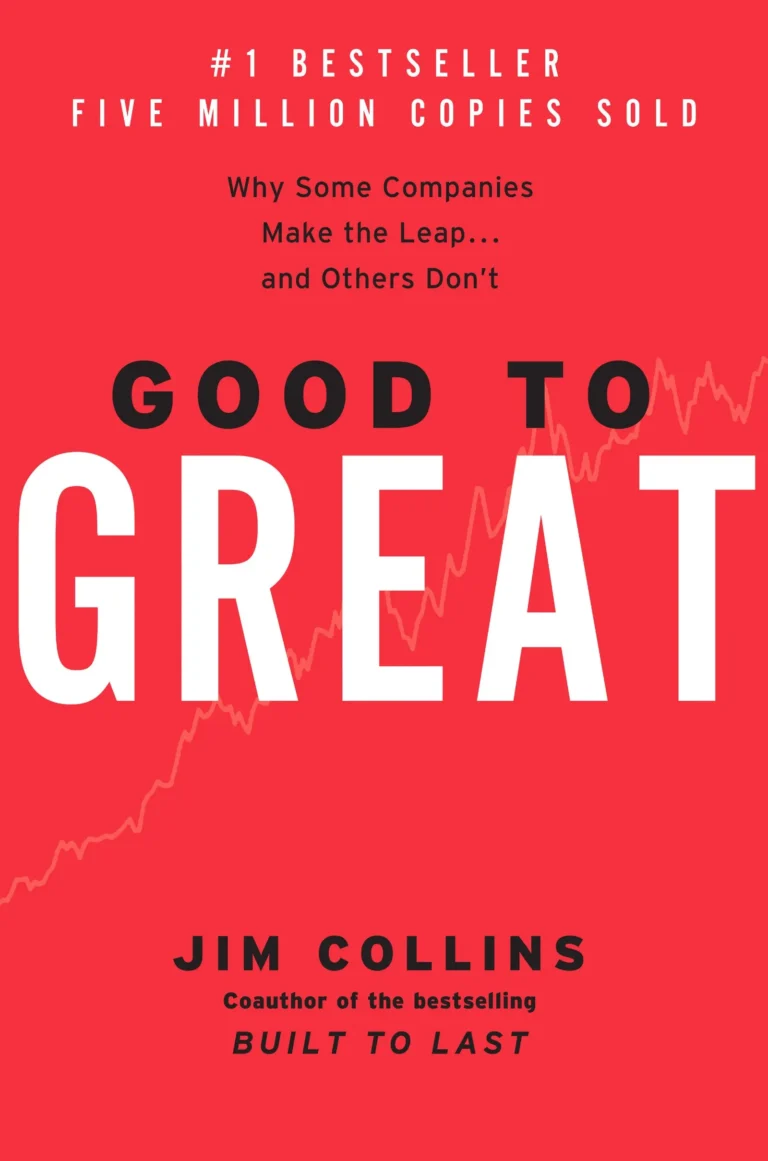
Jim Collins
Jim Collins’ Good to Great explores the principles that distinguish exceptional companies from mediocre ones, offering valuable insights for CFA candidates studying corporate finance and strategic management. The book’s Hedgehog Concept, which emphasizes sustained focus on a core competency, can be applied to CFA preparation—identifying strengths and doubling down on effective study strategies. Understanding what drives great companies also enhances a candidate’s ability to assess investment opportunities.

Clayton Christensen
Clayton Christensen’s The Innovator’s Dilemma helps CFA candidates understand disruptive innovation, a key topic in investment analysis and business strategy. The book’s insights on how established firms fail due to emerging competitors provide valuable lessons for analyzing companies and industry shifts. This knowledge is particularly useful for candidates aiming to work in equity research, private equity, or venture capital.
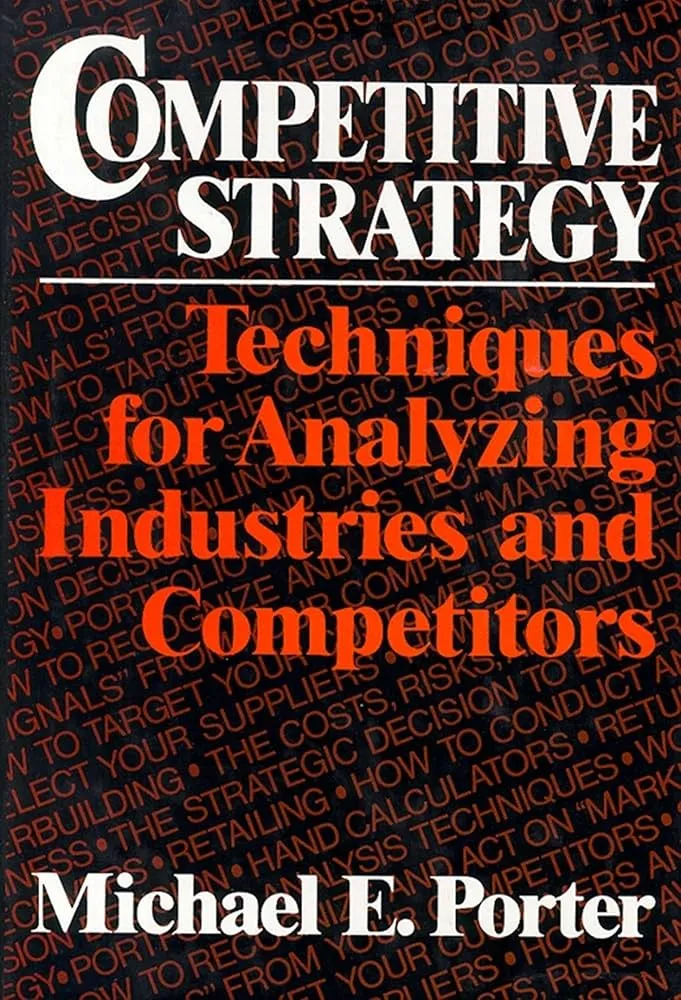
Michael E. Porter
Michael Porter’s Competitive Strategy provides CFA candidates with a deep understanding of industry dynamics, competitive forces, and strategic positioning. These concepts are crucial for mastering corporate finance, equity valuation, and portfolio management topics in the CFA curriculum. By learning Porter’s frameworks, candidates can enhance their ability to analyze businesses and industries, a skill that is directly applicable to investment decision-making.
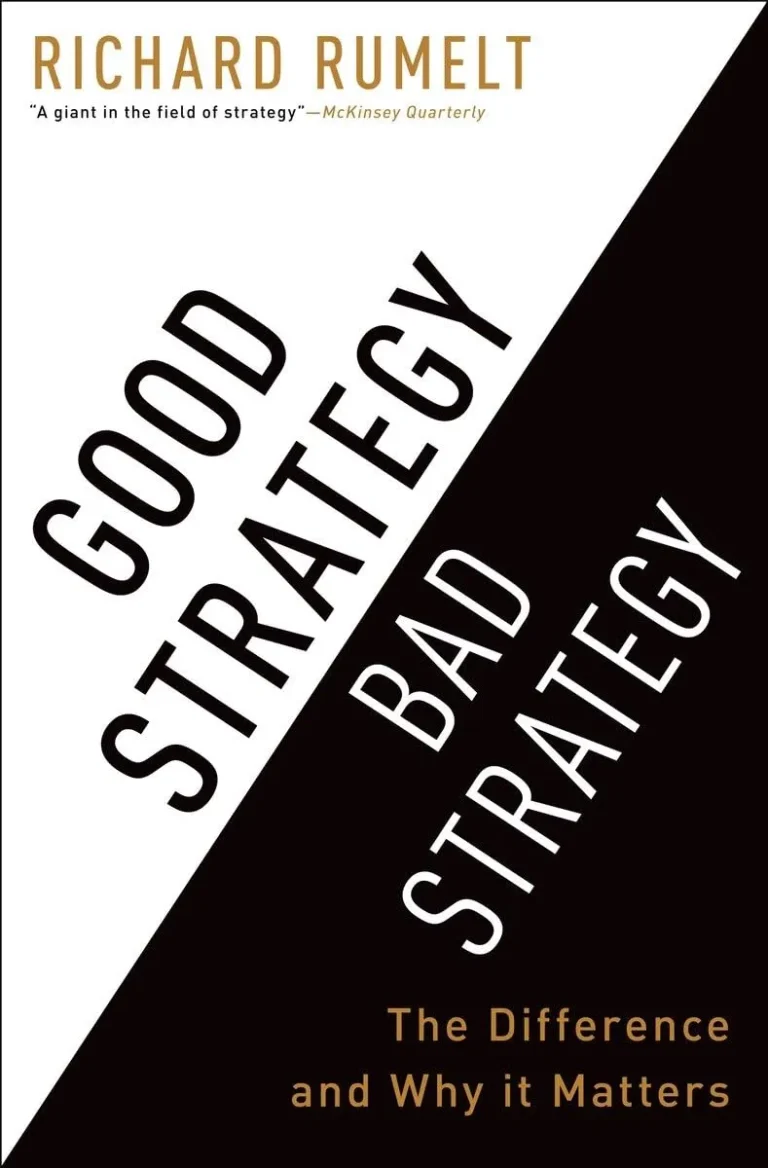
Richard Rumelt
Richard Rumelt’s Good Strategy Bad Strategy is an essential read for CFA candidates aiming to develop a deep understanding of corporate strategy and decision-making. The book differentiates between effective strategy, which focuses on clear objectives and decisive actions, and bad strategy, which relies on vague goals and wishful thinking. CFA candidates can apply these principles when analyzing business models, assessing investment opportunities, and crafting strategic recommendations in portfolio management and corporate finance.
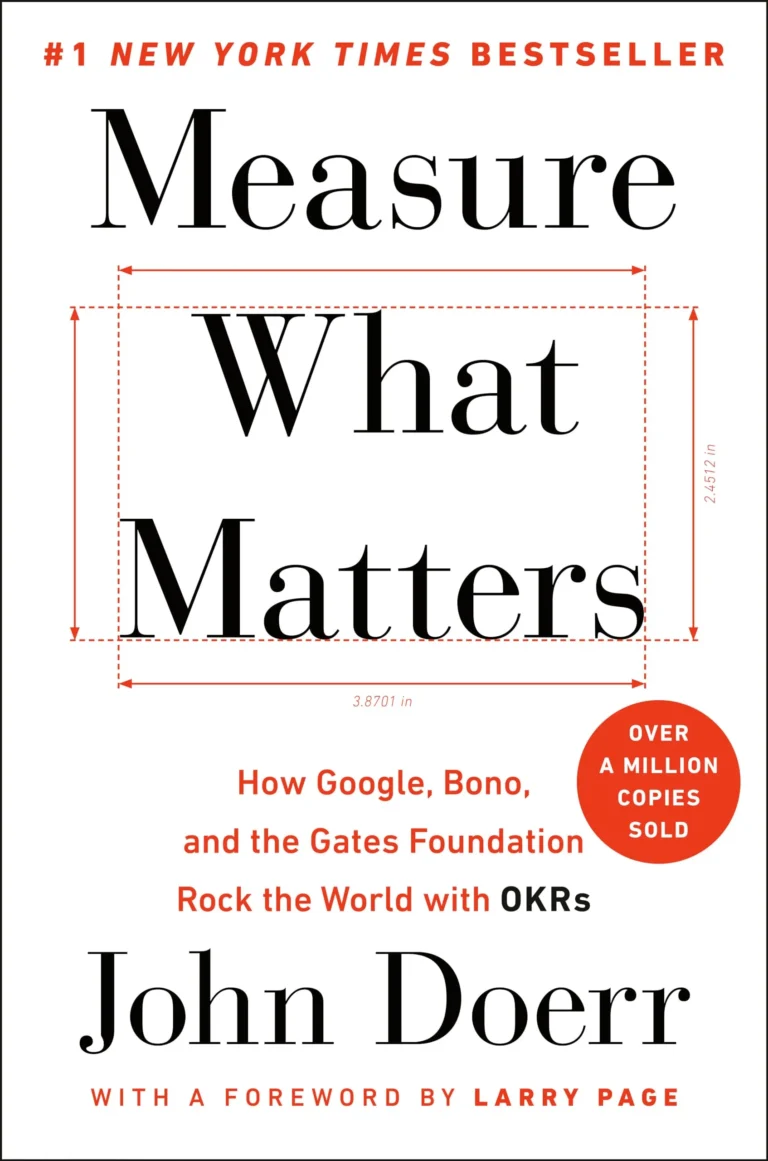
John Doerr
John Doerr’s Measure What Matters introduces the OKR (Objectives and Key Results) framework, which can be a powerful tool for CFA candidates to set and track their study goals. By defining clear, measurable study objectives, candidates can stay accountable and ensure steady progress. Applying OKRs to CFA preparation helps maintain motivation and prioritize the most impactful study activities.
Productivity, Focus & Study Techniques
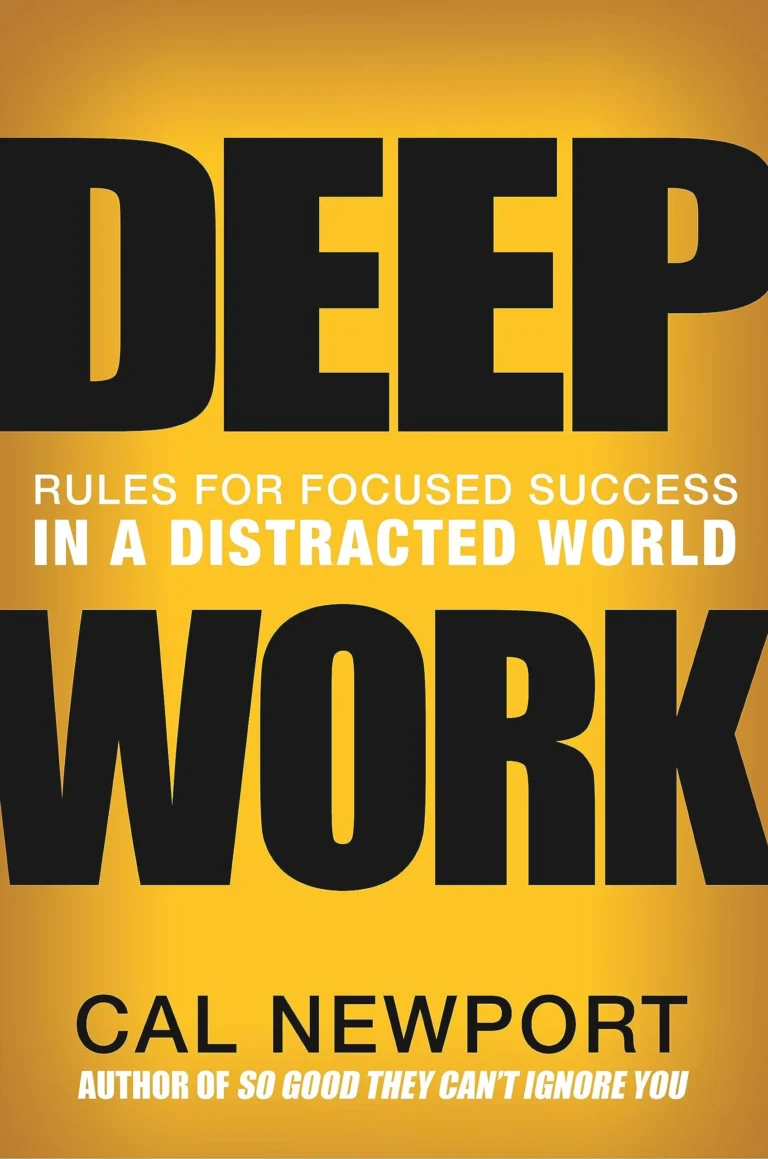
Cal Newport
In Deep Work, Cal Newport emphasizes the importance of focused, undistracted study sessions—an invaluable skill for CFA candidates. With the CFA exams demanding intense cognitive effort, Newport’s techniques help candidates cultivate deep concentration and avoid productivity killers like social media and multitasking. Implementing structured deep work blocks can drastically improve comprehension and retention of complex financial concepts.

James Clear
Atomic Habits by James Clear is a game-changer for CFA candidates who struggle with consistency in their study routine. The book breaks down how small, incremental improvements in daily habits can lead to significant progress over time. By implementing Clear’s habit-stacking and identity-based change methods, candidates can build a study routine that feels effortless and sustainable.
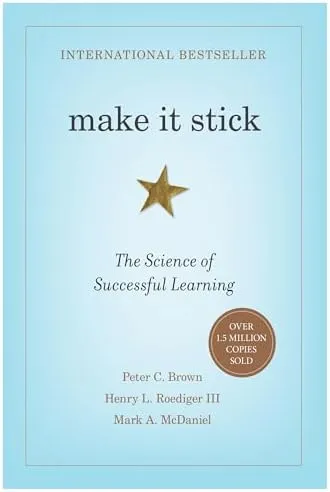
Peter C. Brown
Make It Stick is a must-read for CFA candidates looking to optimize their learning techniques. The book debunks common myths about studying and introduces evidence-based strategies such as retrieval practice, spaced repetition, and interleaving. By applying these principles, candidates can improve retention and recall, ensuring they retain key concepts for exam day.
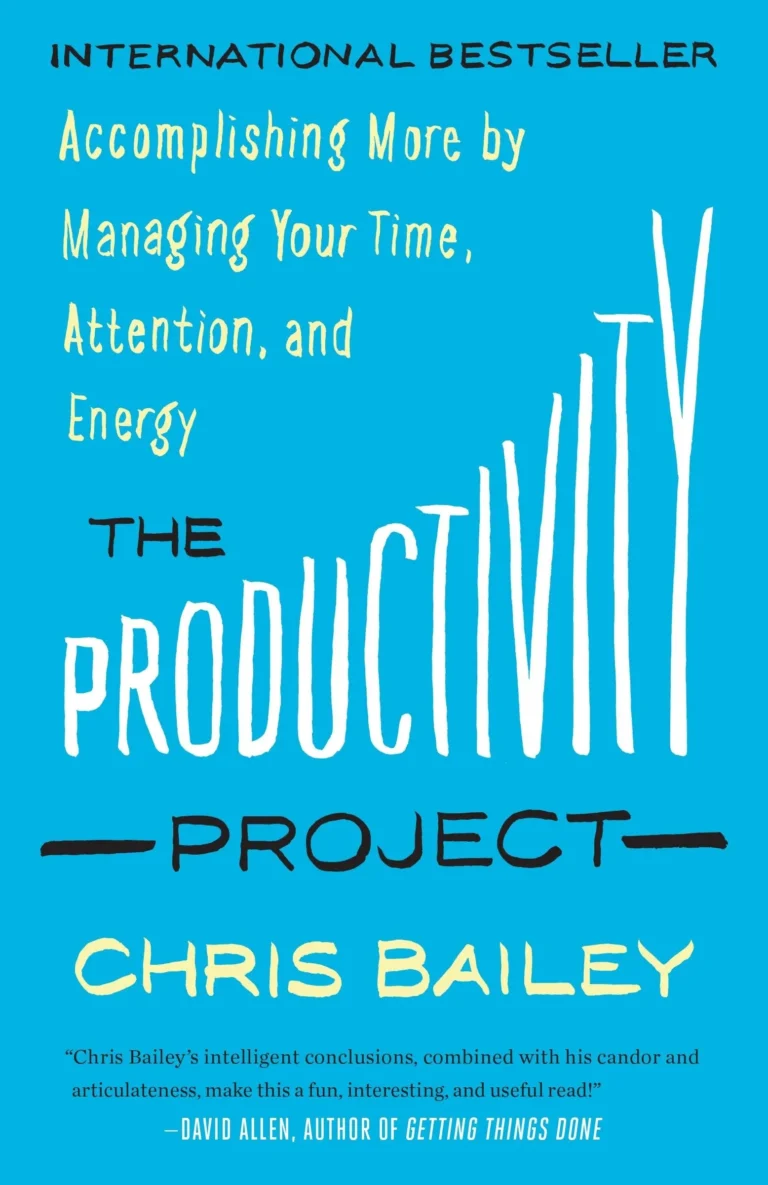
Chris Bailey
Chris Bailey’s The Productivity Project is essential for CFA candidates looking to manage their time, energy, and attention more effectively. The book offers practical strategies to maximize study efficiency by prioritizing high-impact tasks and minimizing distractions. By applying techniques such as structured scheduling and deep work sessions, candidates can enhance their focus and make the most of their limited study time.
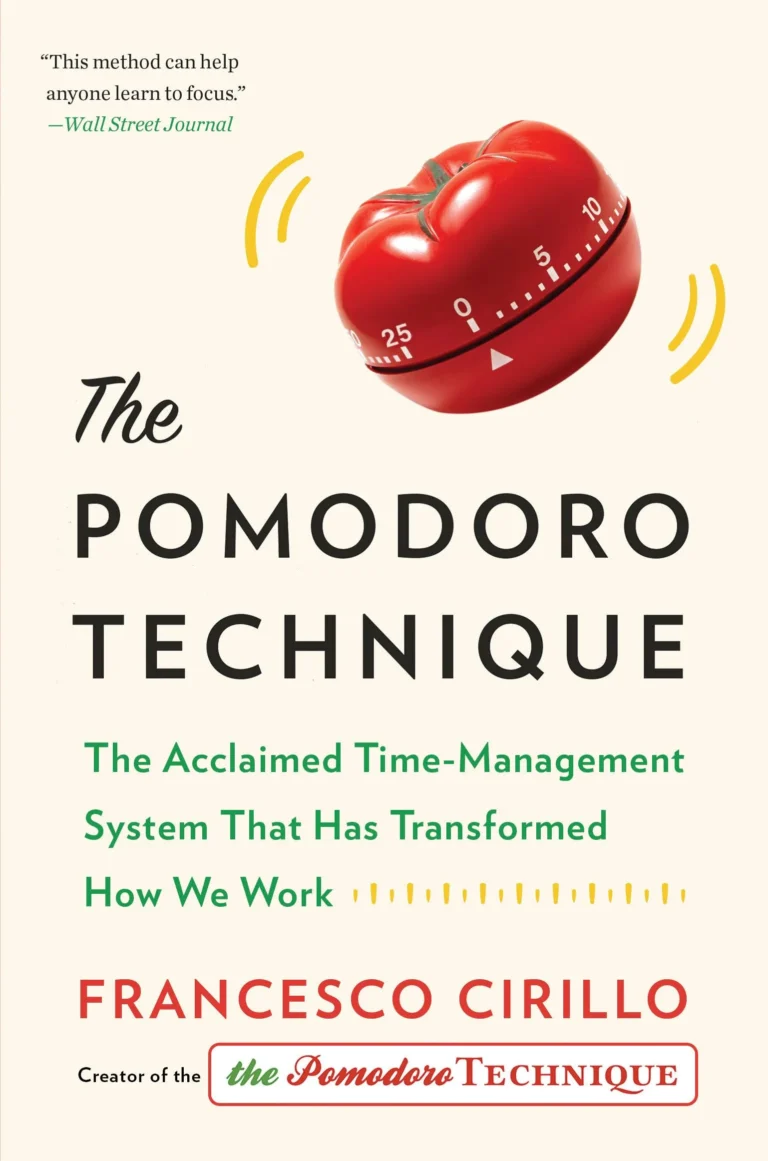
Francesco Cirillo
Francesco Cirillo’s The Pomodoro Technique is an effective time management method for CFA candidates struggling with procrastination and burnout. By breaking study sessions into 25-minute intervals with short breaks, candidates can maintain focus and avoid mental fatigue. This approach helps improve productivity while ensuring a sustainable, balanced study schedule.

